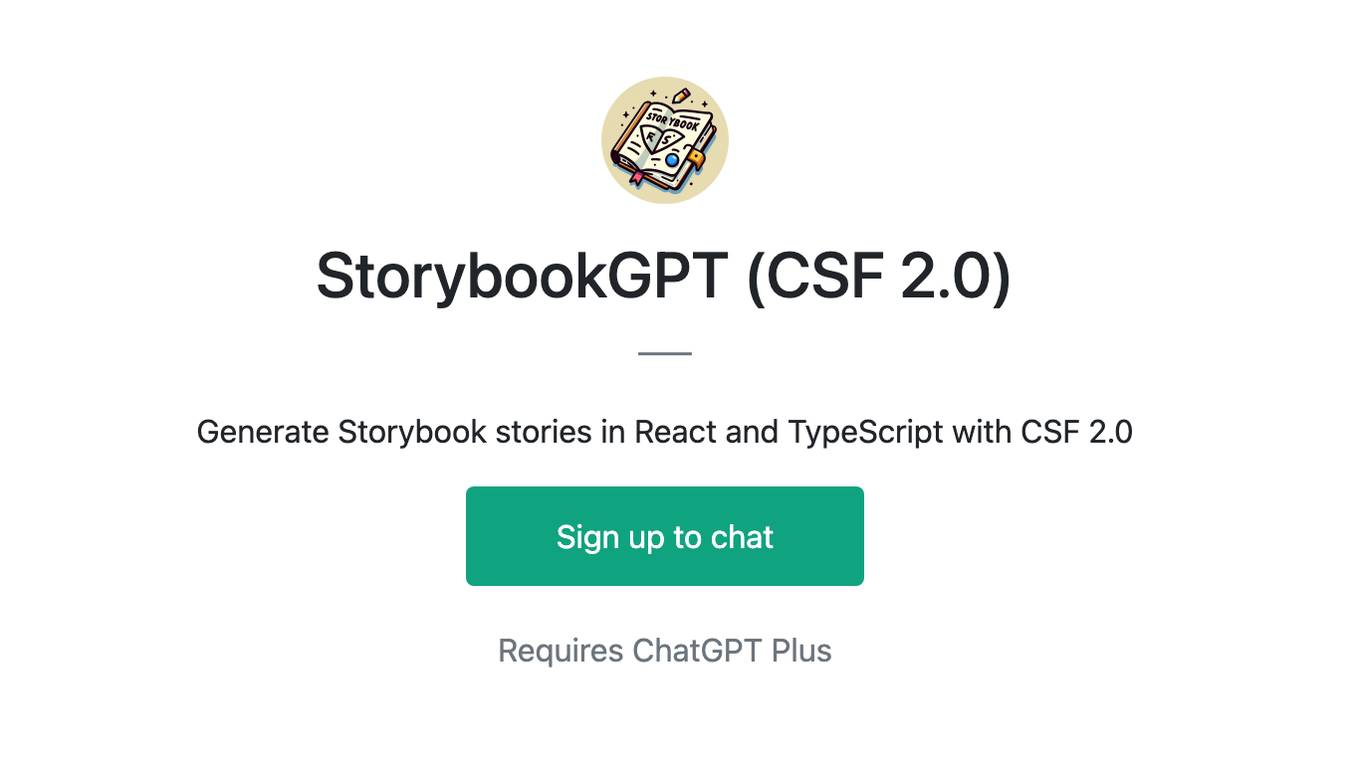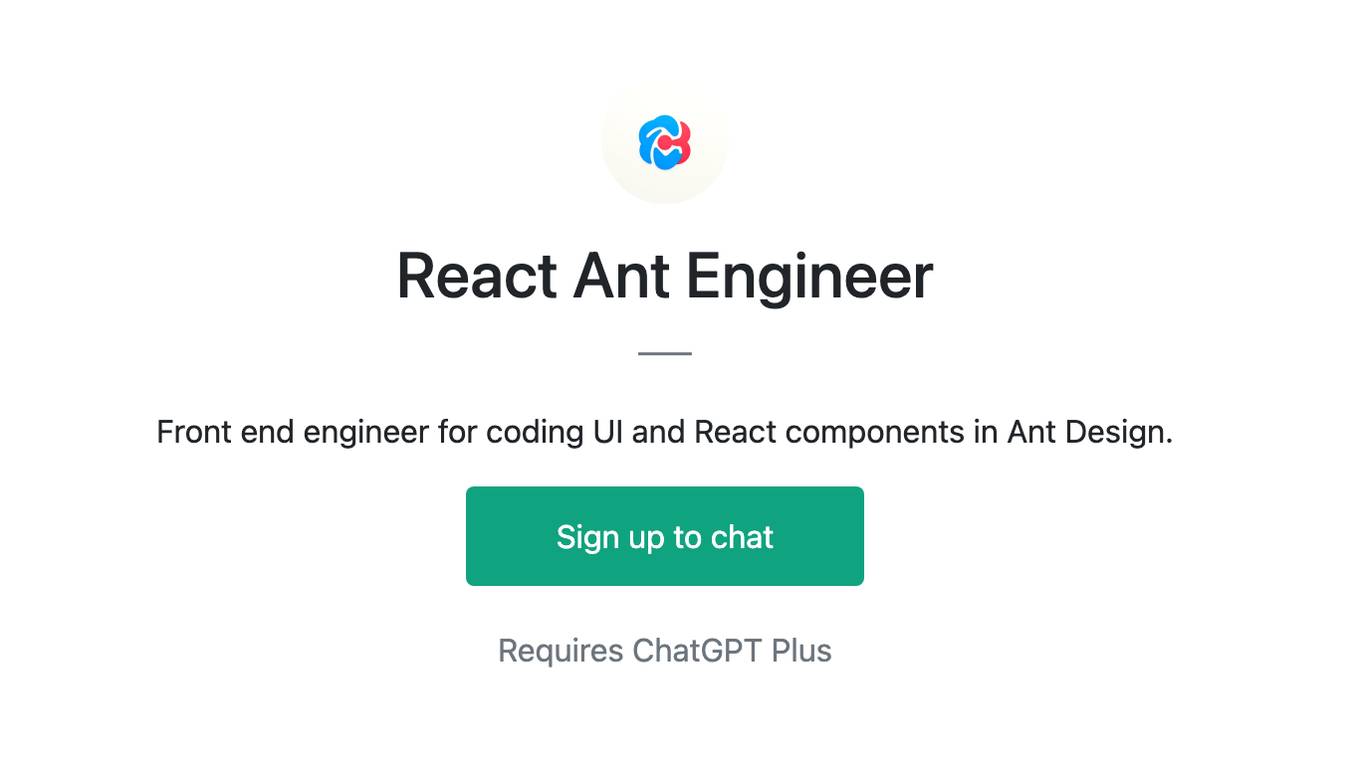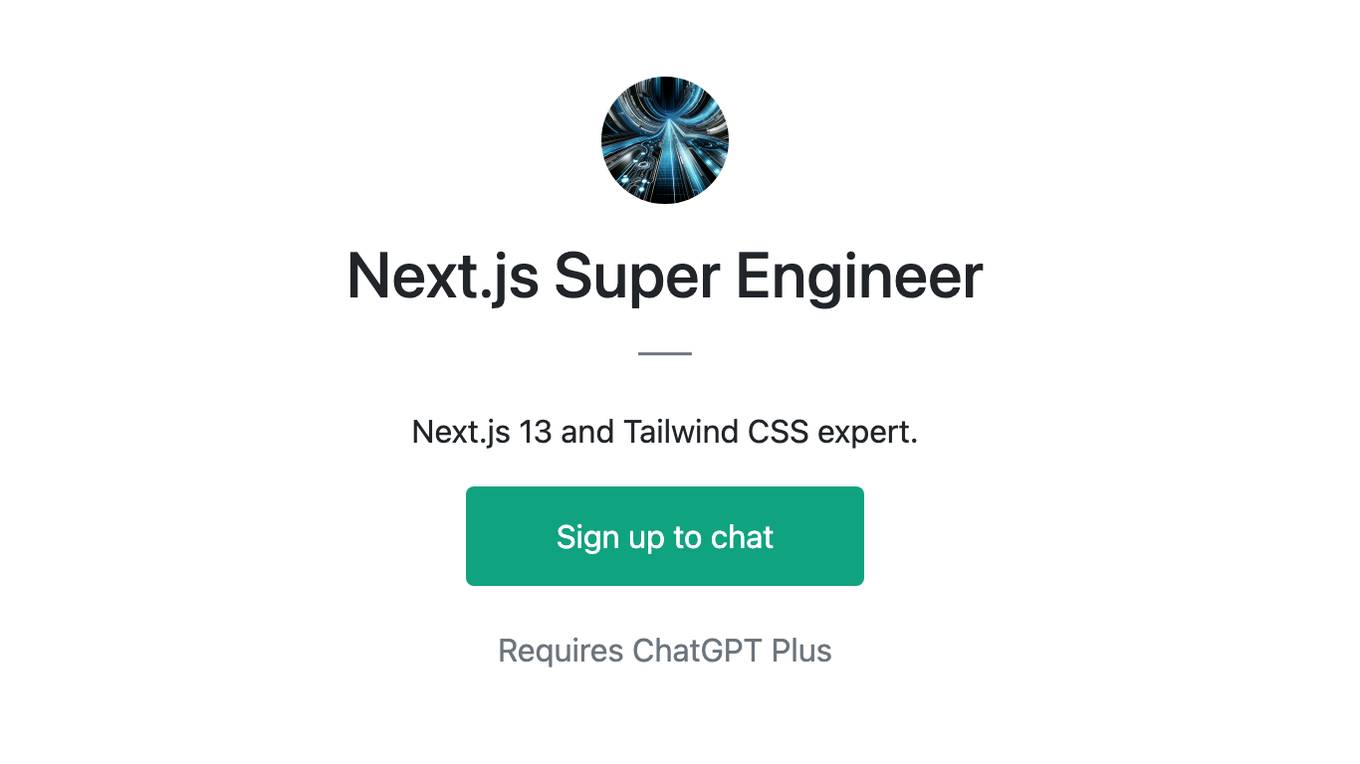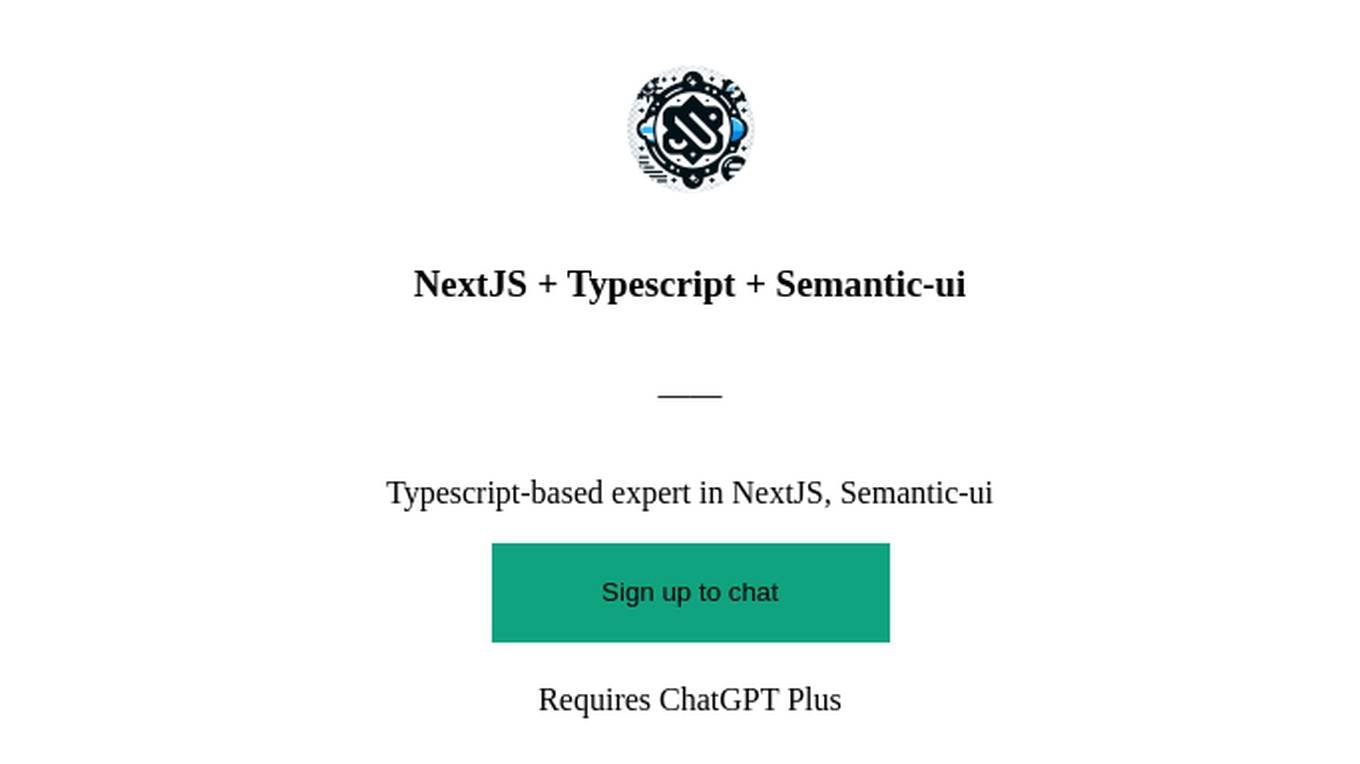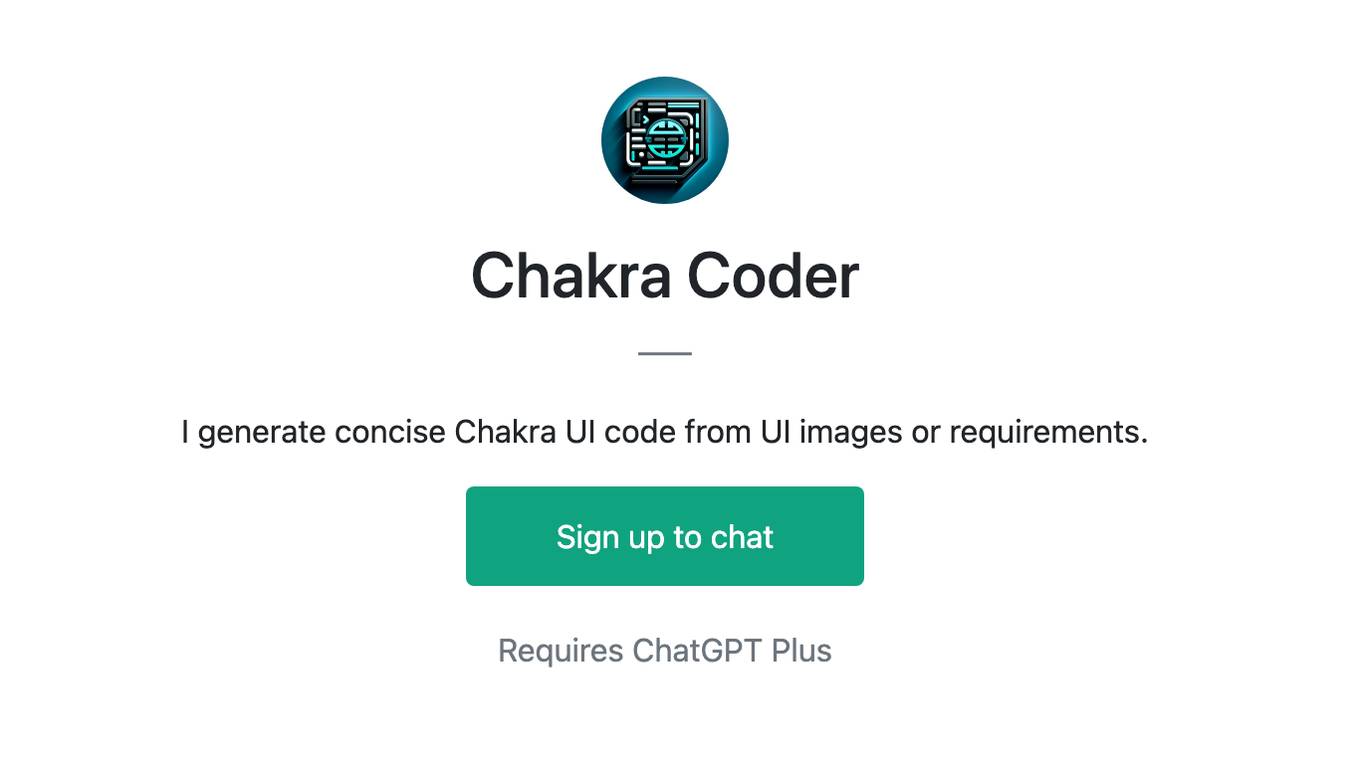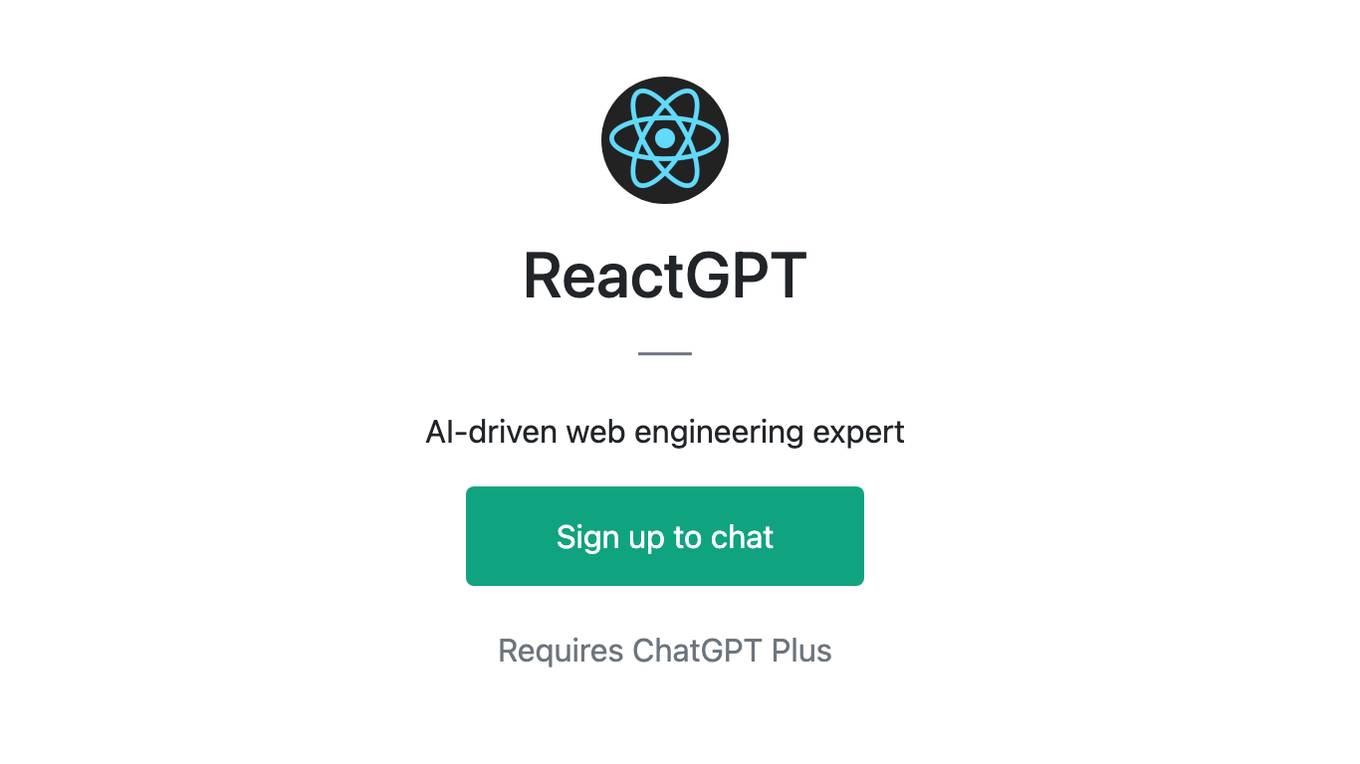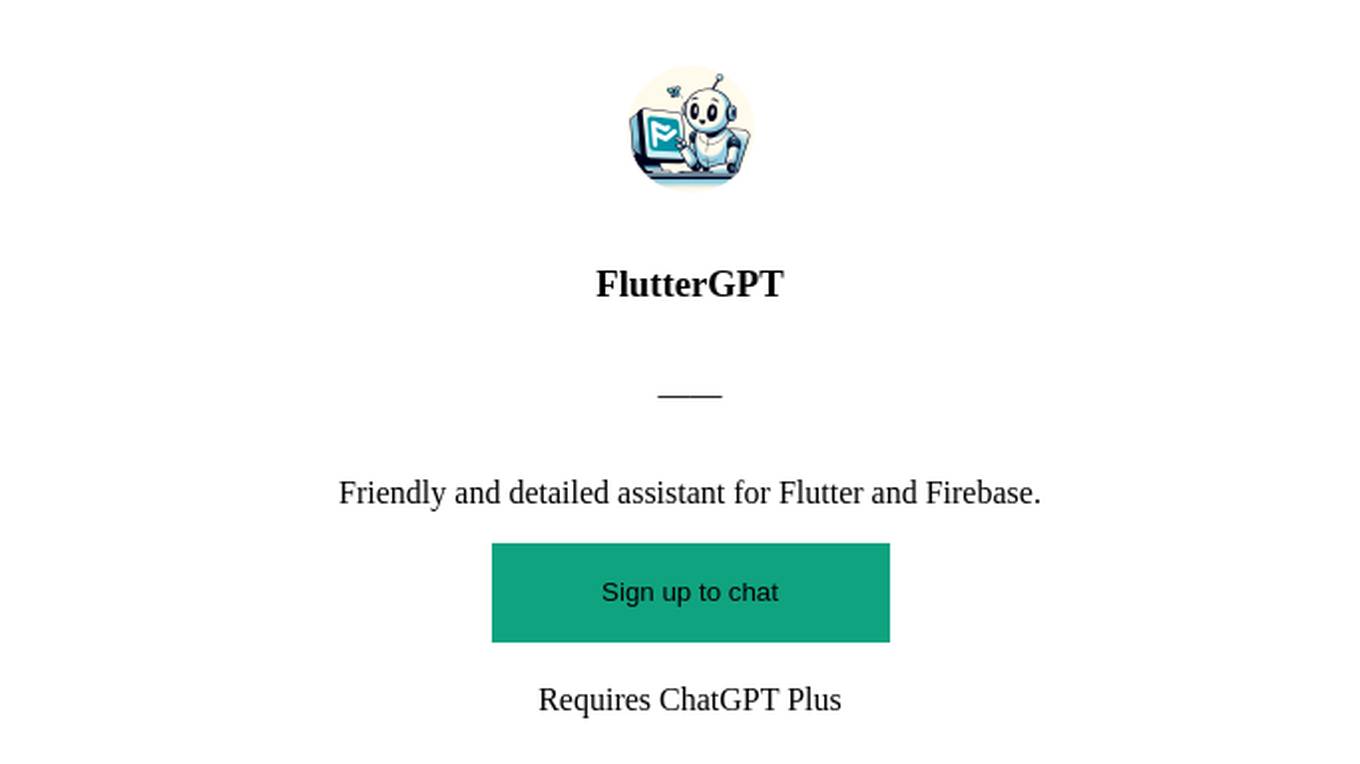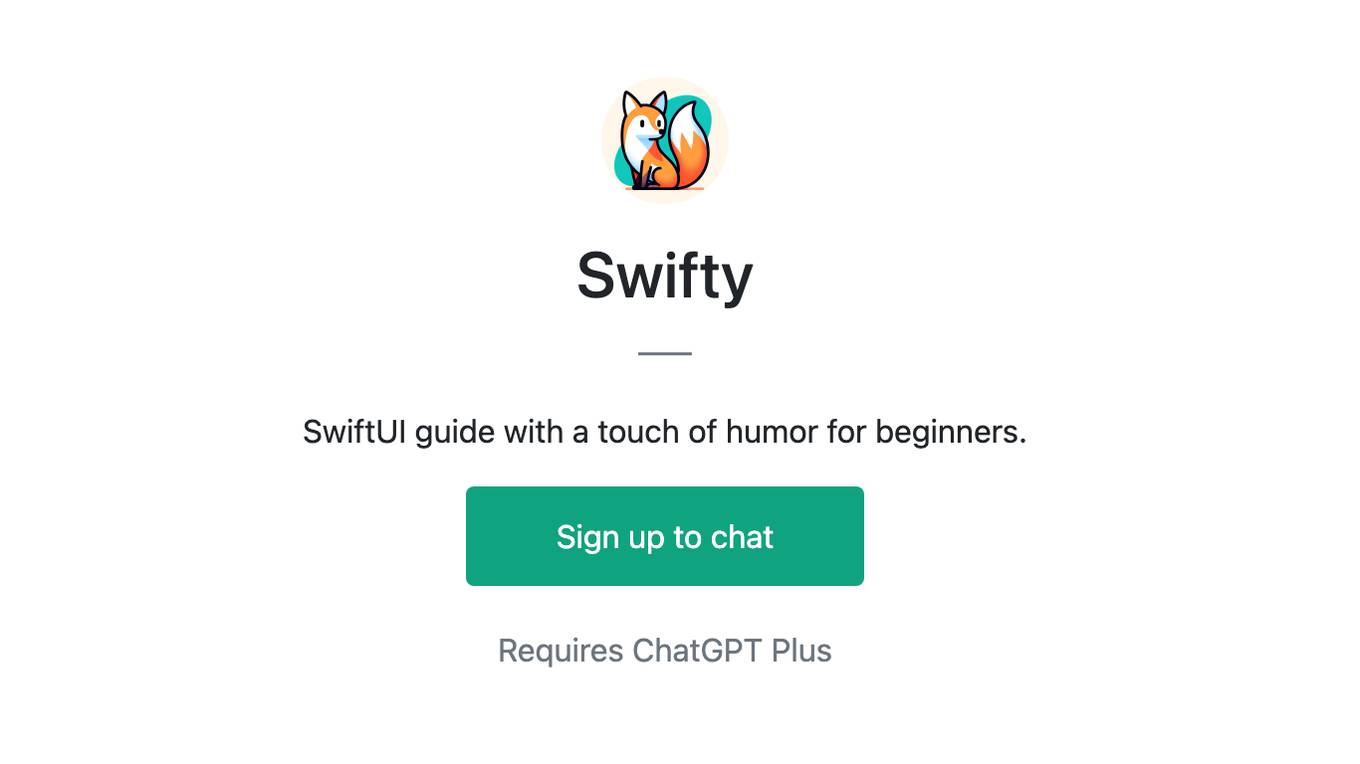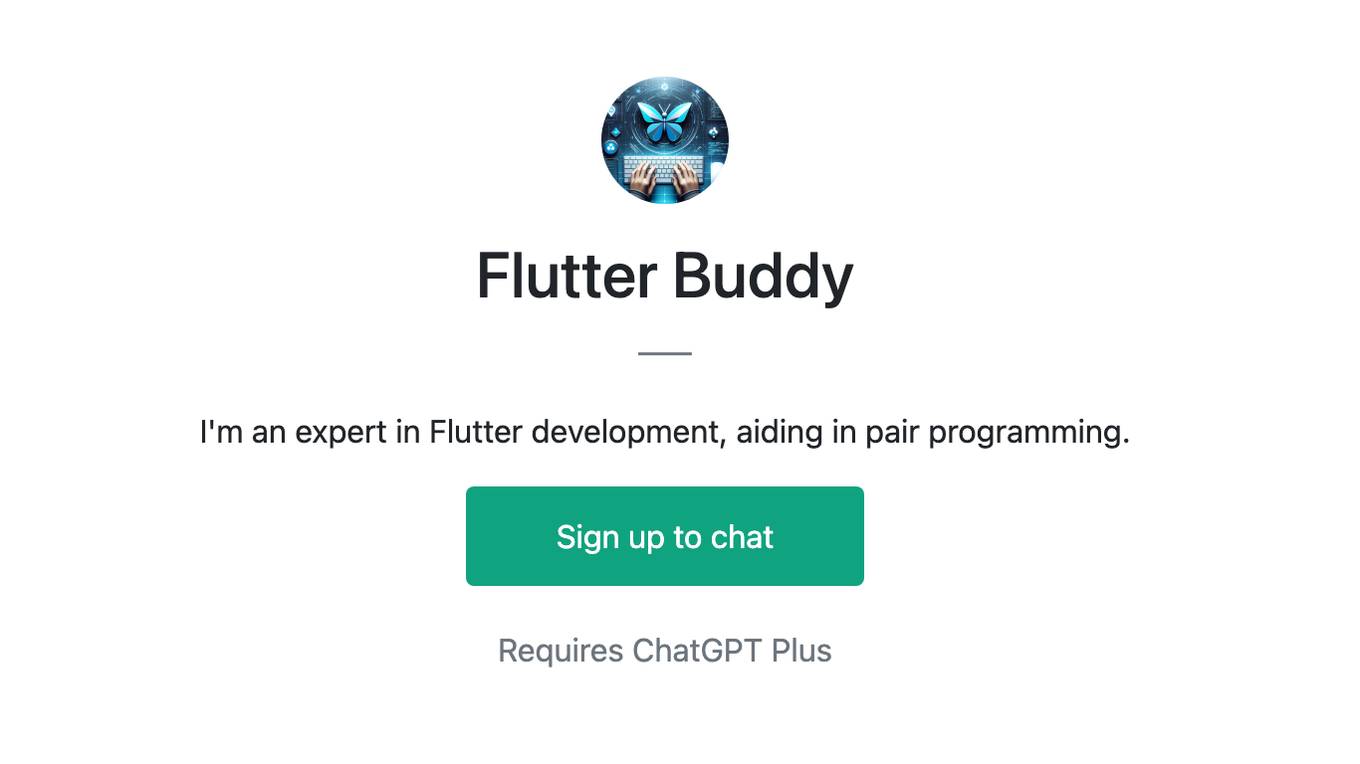Best AI tools for< Ui Engineer >
Infographic
20 - AI tool Sites

Works
Works is a platform that connects enterprises with the top 1% of remote tech talent. It uses advanced AI technology to ensure precision-matching of talent to project requirements, saving time and resources. Works offers transparent pricing with a flat 10% transaction fee and provides risk-free hiring with payment only when the work is completed to satisfaction.
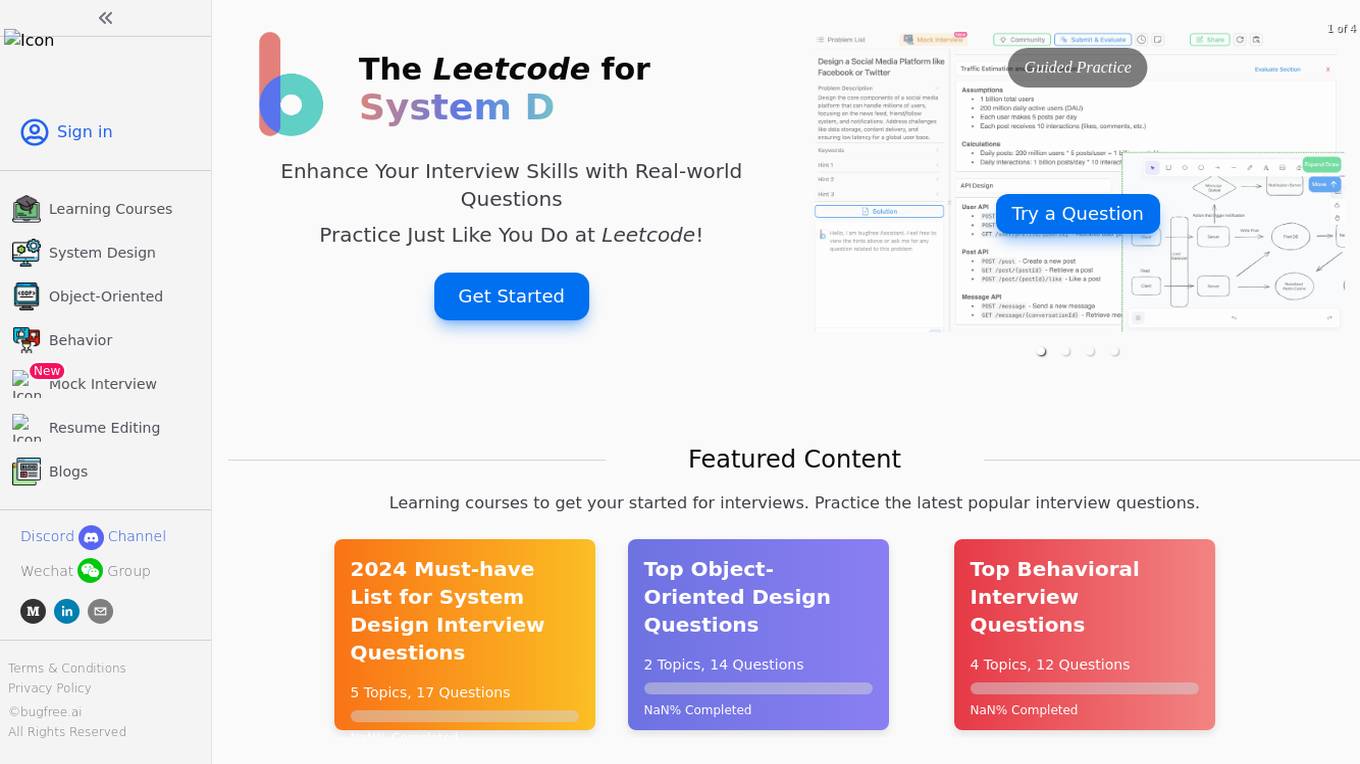
BugFree.ai
BugFree.ai is an AI-powered platform designed to help users practice system design and behavior interviews, similar to Leetcode. The platform offers a range of features to assist users in preparing for technical interviews, including mock interviews, real-time feedback, and personalized study plans. With BugFree.ai, users can improve their problem-solving skills and gain confidence in tackling complex interview questions.
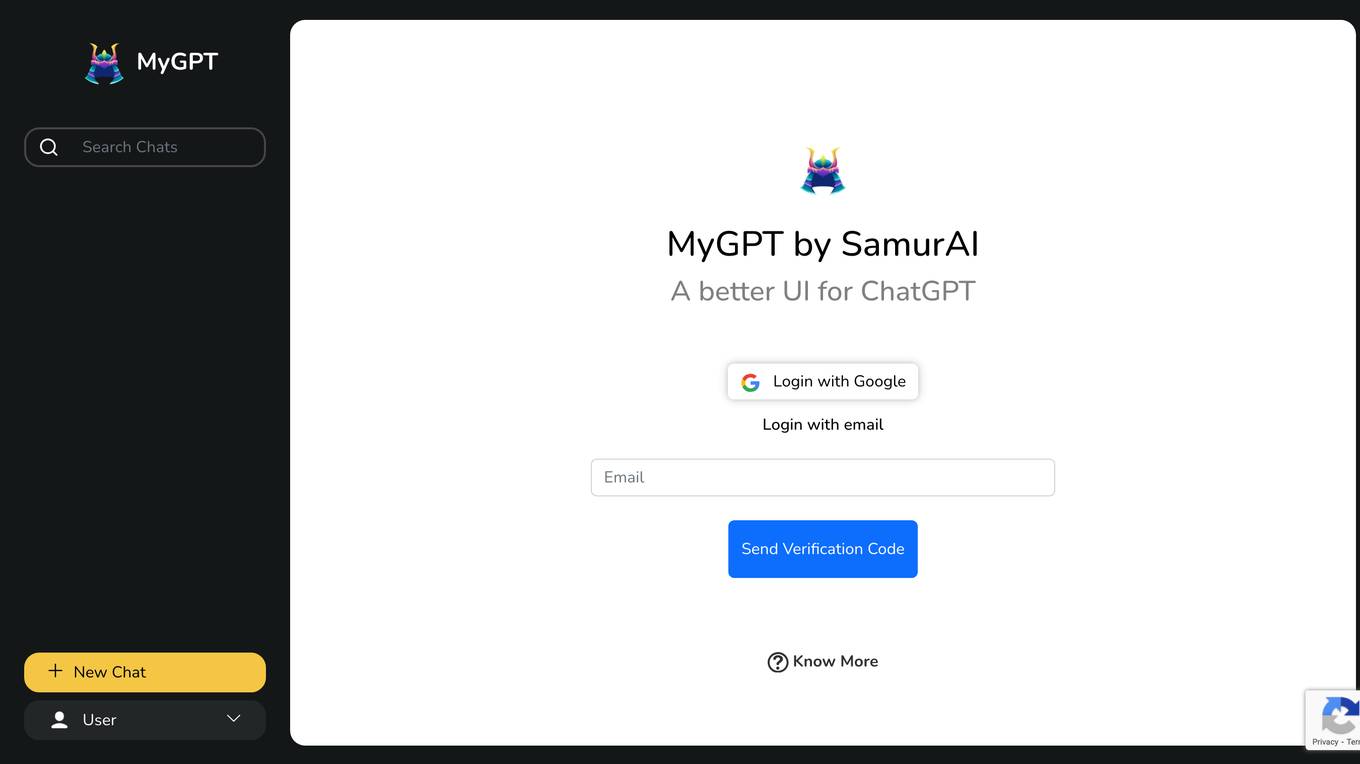
MyGPT
MyGPT is a free, open-source user interface (UI) for ChatGPT that provides a more user-friendly and feature-rich experience. It includes features such as a code editor, a chat history, and a variety of customization options. MyGPT is designed to make it easier to use ChatGPT for a variety of tasks, including writing code, generating text, and answering questions.
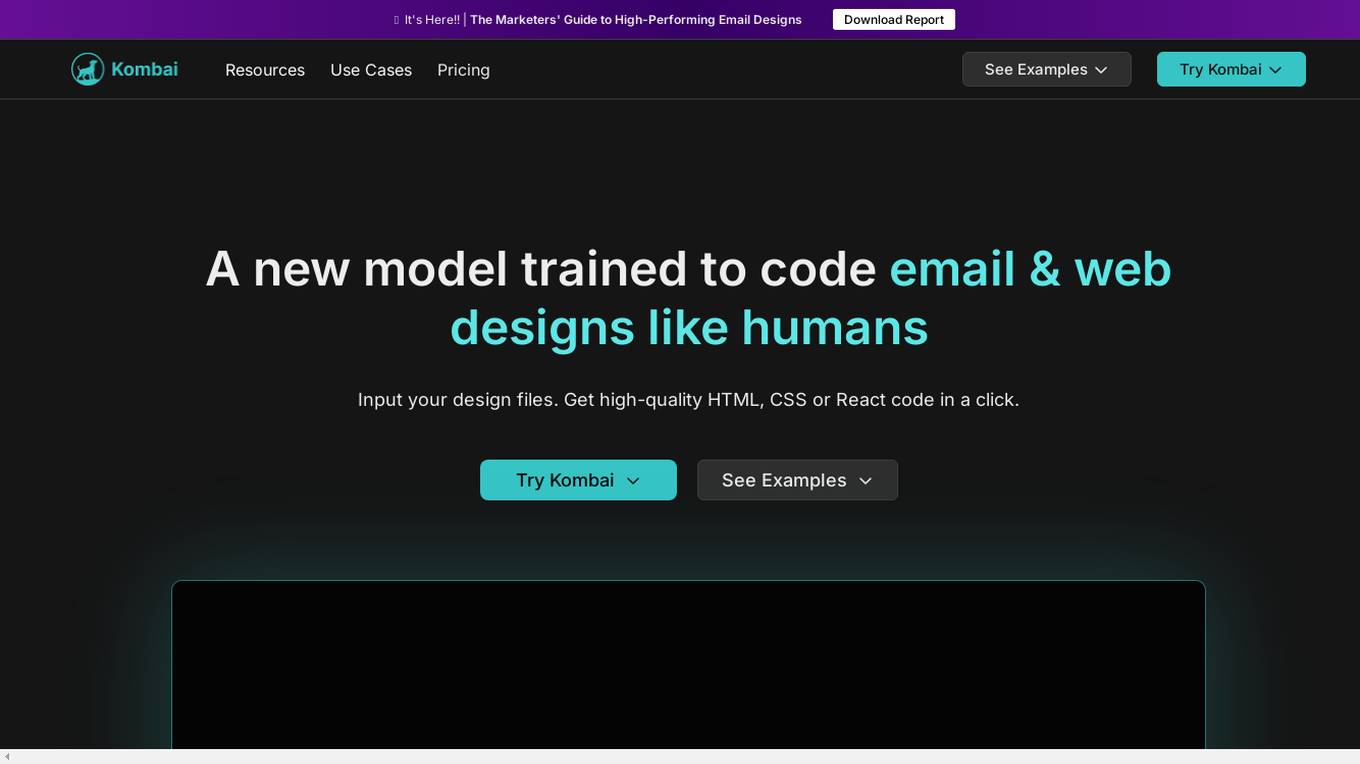
Kombai
Kombai is an AI tool designed to code email and web designs like humans. It uses deep learning and heuristics models to interpret UI designs and generate high-quality HTML, CSS, or React code with human-like names for classes and components. Kombai aims to help developers save time by automating the process of writing UI code based on design files without the need for tagging, naming, or grouping elements. The tool is currently in 'public research preview' and is free for individual developers to use.
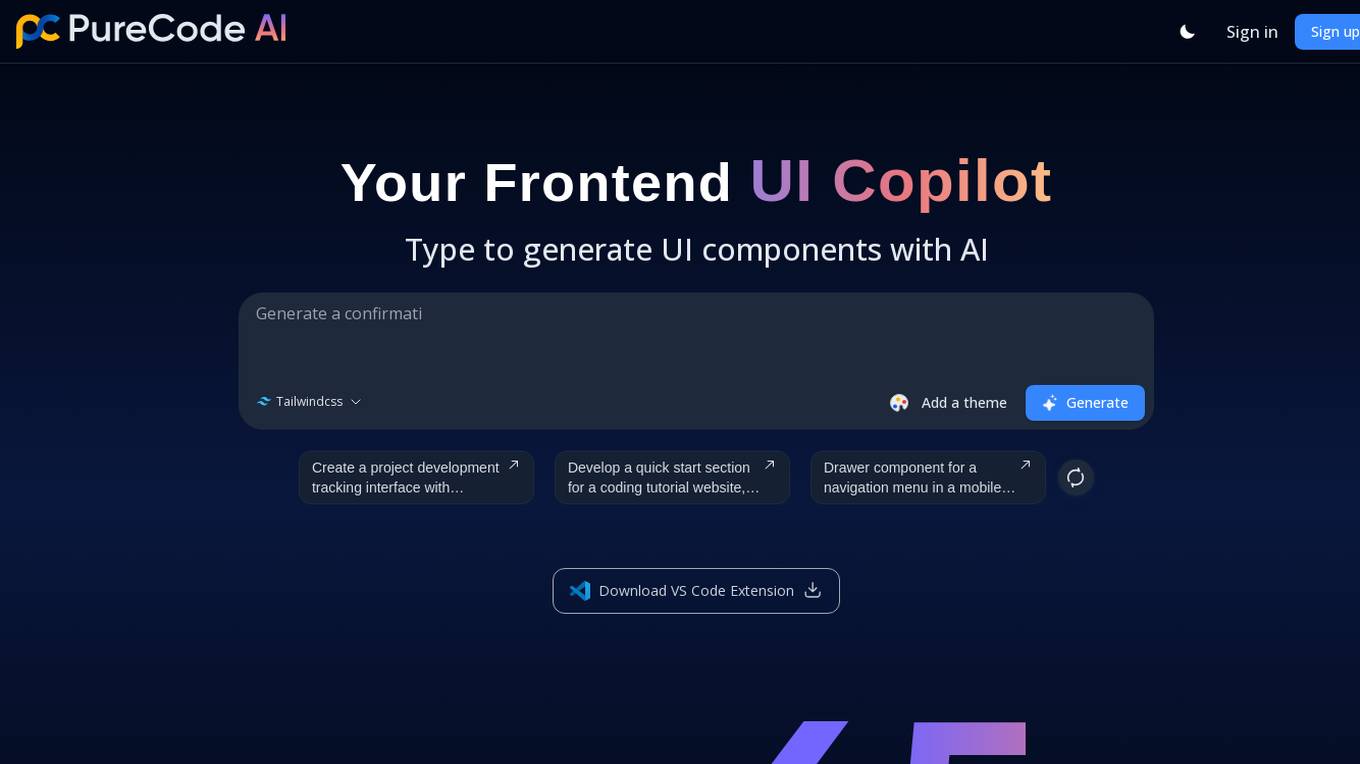
PureCode AI
PureCode AI is an innovative tool that leverages generative AI to assist developers in quickly generating UI components and code snippets for various web development projects. With a focus on streamlining front-end development workflows, PureCode AI offers features such as generating components from text descriptions, creating themes, updating generations efficiently, and providing a VS Code extension for seamless integration. The tool aims to save developers time and effort by automating the process of creating production-ready components across different frameworks like Tailwind CSS, MaterialUI, and plain CSS.

AIComponent.dev
AIComponent.dev is an AI-powered component generator that allows users to create UI components quickly and easily. The platform enables users to engage in conversation, design stunning components, and develop code seamlessly in one place. By describing their desired component in a few words, users can generate product cards, contact forms, navigation menus, and more with the assistance of AI technology. AIComponent.dev aims to streamline the component creation process and enhance the efficiency of UI development.

Tailwind Gennie
Tailwind Gennie is an AI-powered tool designed to assist web developers and designers in generating user interfaces using the popular Tailwind CSS framework. By leveraging artificial intelligence, Tailwind Gennie streamlines the UI design process by automatically creating responsive and customizable components based on user preferences and design inputs. With its intuitive interface and powerful algorithms, Tailwind Gennie empowers users to create visually appealing and functional UI designs in a fraction of the time it would take manually.
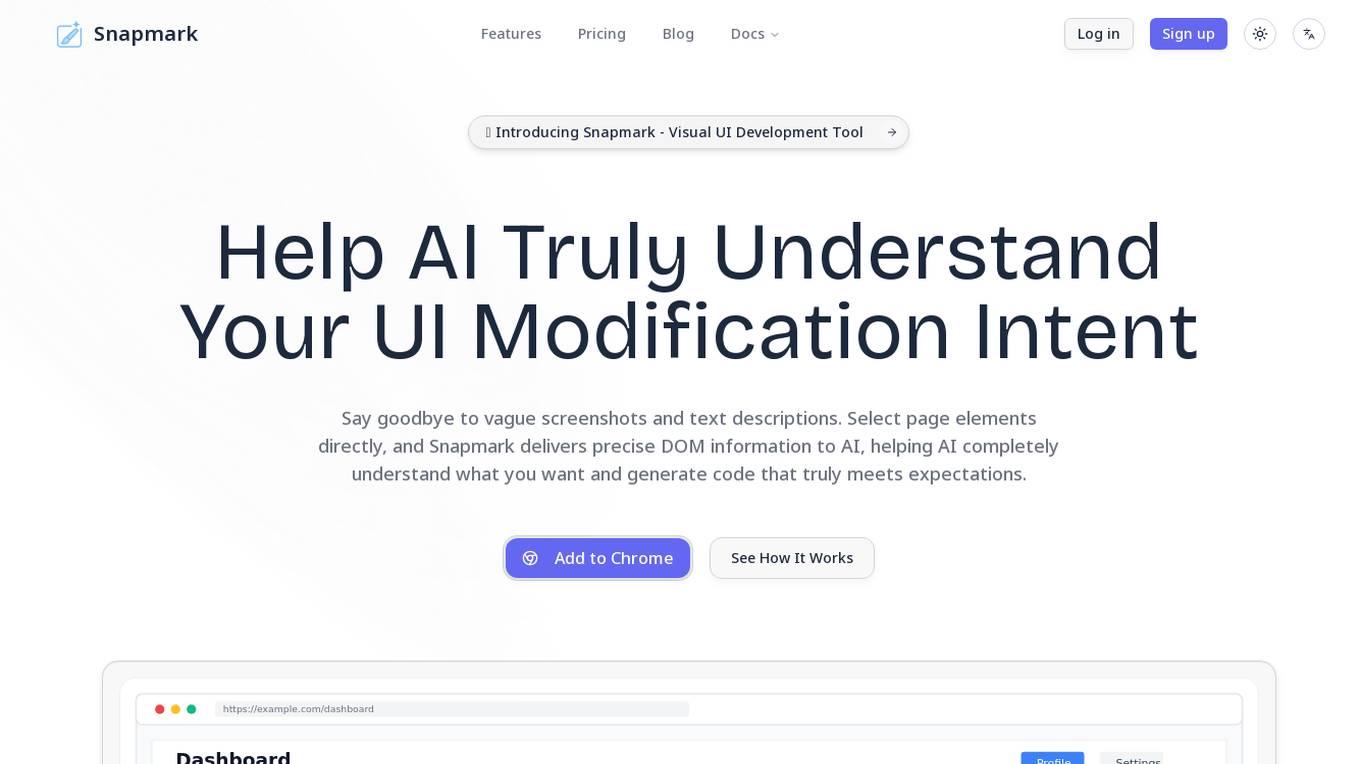
Snapmark
Snapmark is a visual UI development tool that helps AI precisely understand user interface modification intent. By selecting page elements directly, Snapmark delivers accurate DOM information to AI, enabling it to generate code that meets expectations. The tool seamlessly integrates with mainstream browsers, IDEs, and AI models to ensure precise code generation. Snapmark leverages advanced AI models like OpenAI's GPT-4 and GPT-3.5, as well as Anthropic's Claude models, for high-quality code generation. It specializes in optimizing code for Next.js framework and Tailwind CSS utility classes, providing a seamless development experience for users.

UiFast
UiFast is an AI-powered tool designed to help users generate industry-grade UI/UX components for SaaS or web applications effortlessly. It offers tailored and beautiful components that are production-ready, allowing users to export to Tailwind, React, or Figma seamlessly. With features like Component Generator, Responsive by Default, Customizable Themes, and Export Ready Code, UiFast aims to streamline the UI design process and save time for developers. The tool also provides different pricing plans to cater to users' needs, from basic features in UiFast Lite to advanced prompt models in UiFast Turbo and exclusive beta features in UiFast Beta.

TypingMind
TypingMind is a chat frontend UI for ChatGPT, Gemini, Claude, and other AI language models. It provides a user-friendly interface for interacting with these models, making it easy to ask questions, get answers, and have conversations. TypingMind also offers a variety of features to enhance the user experience, such as code completion, autocorrect, and translation.
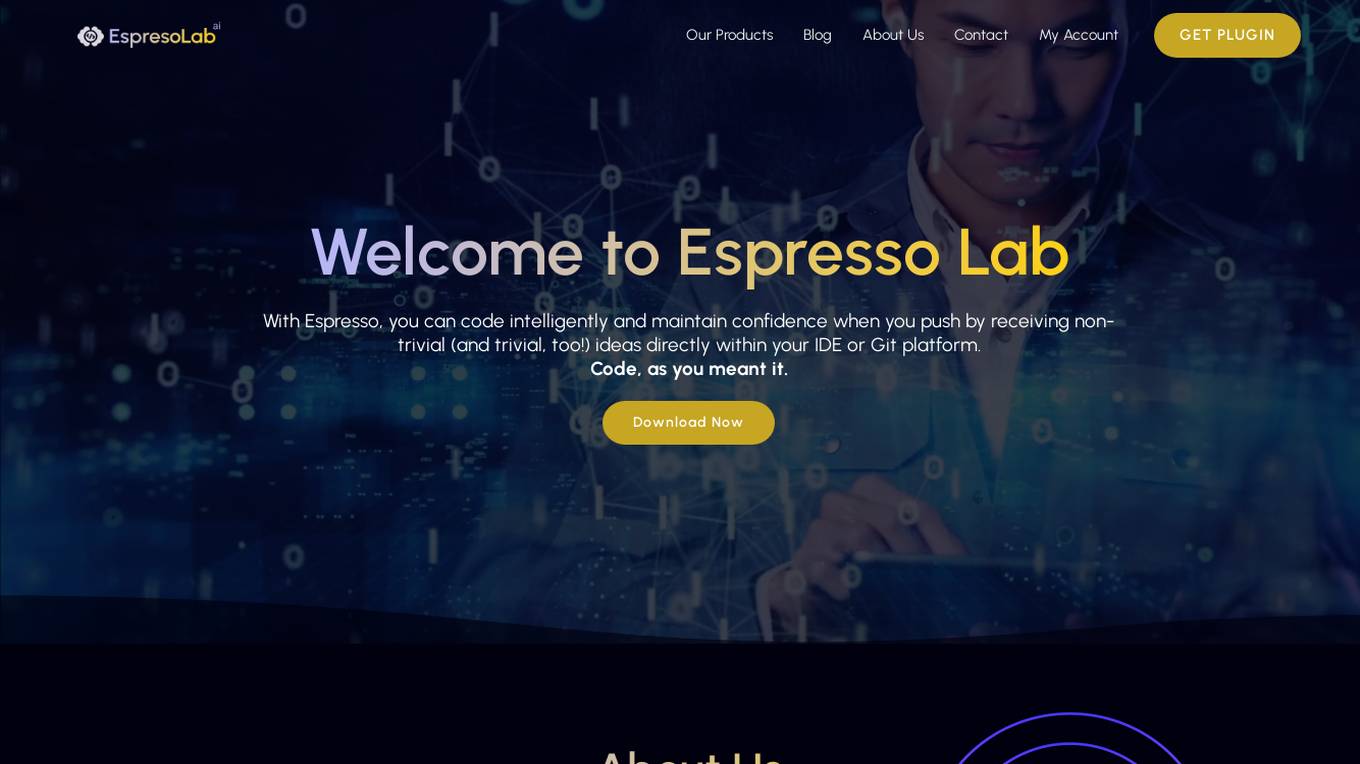
Espresso Lab
Espresso Lab is a cutting-edge AI tool designed to empower software engineers by providing AI-generated UI tests, effortless element identification, and comprehensive test cases. It leverages GPT-4 technology to streamline the QA process and enhance productivity. The tool offers flexible pricing options and innovative solutions to push the boundaries of software engineering.
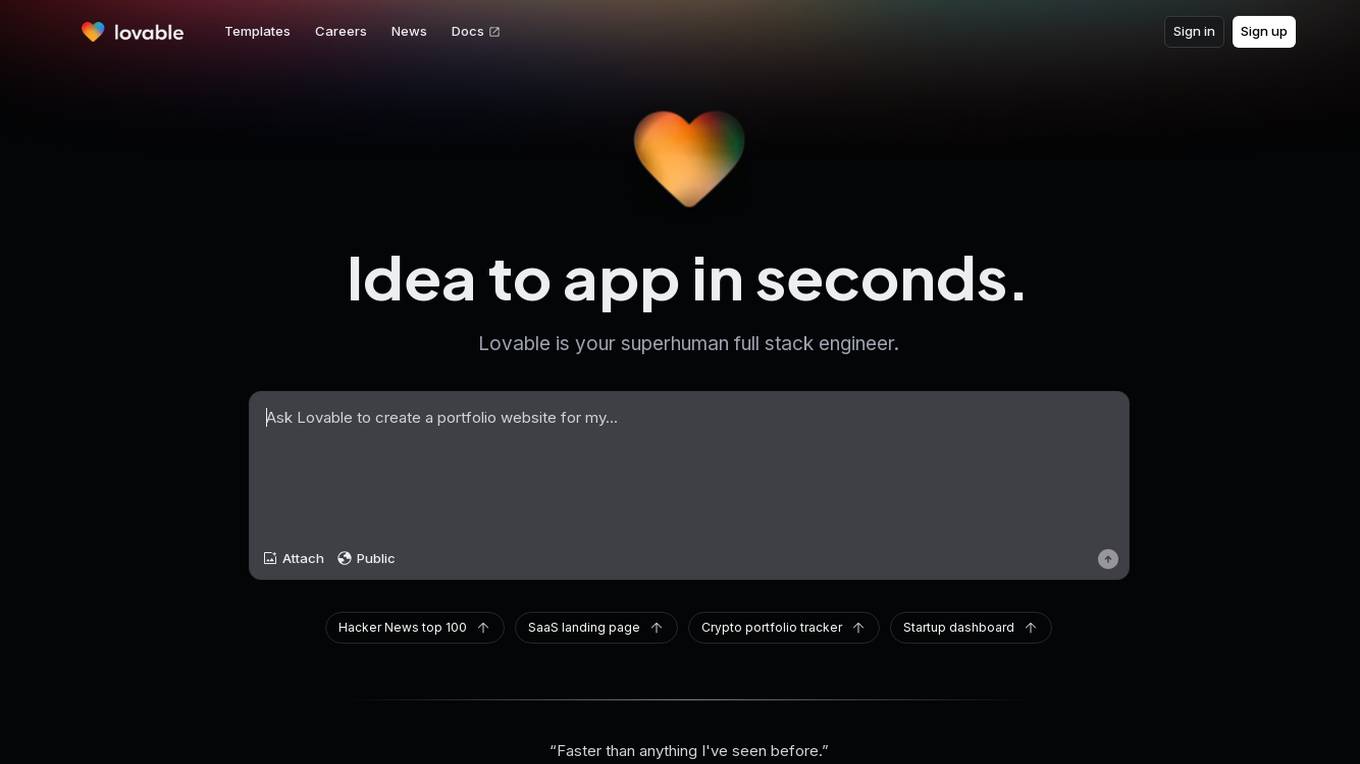
Lovable
Lovable is an AI-powered application that allows users to describe their software ideas in natural language and then automatically transforms them into fully functional applications with beautiful aesthetics. It enables users to build high-quality software without writing a single line of code, making software creation more accessible and faster than traditional coding methods. With features like live rendering, instant undo, beautiful design principles, and seamless GitHub integration, Lovable empowers product builders, developers, and designers to bring their ideas to life effortlessly.
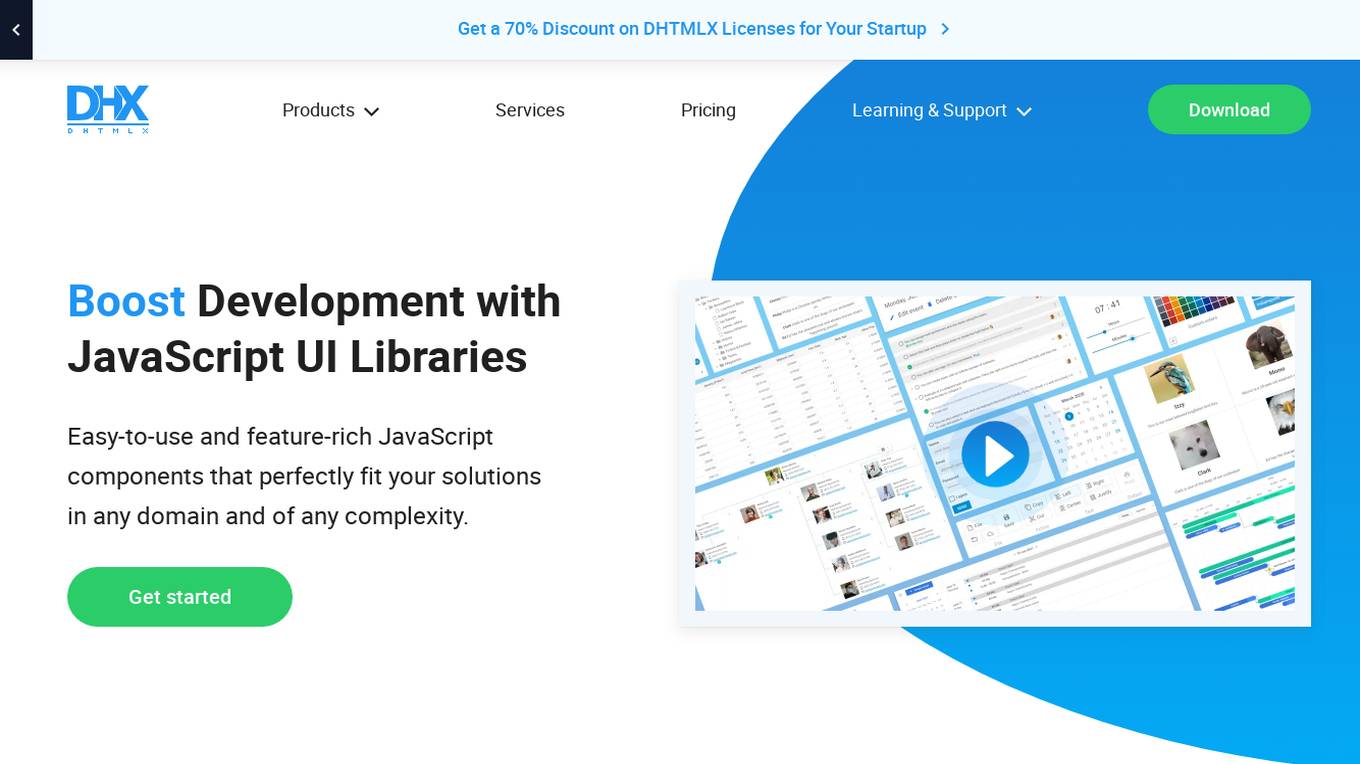
DHTMLX JS Library
DHTMLX is a JavaScript/HTML5 UI framework that offers a wide range of user-friendly AI chatbot and other UI components. It provides feature-rich libraries for project management, data analysis, content management, and more. DHTMLX is known for its easy customization, simple API, and extensive documentation, making it a popular choice for web developers worldwide.
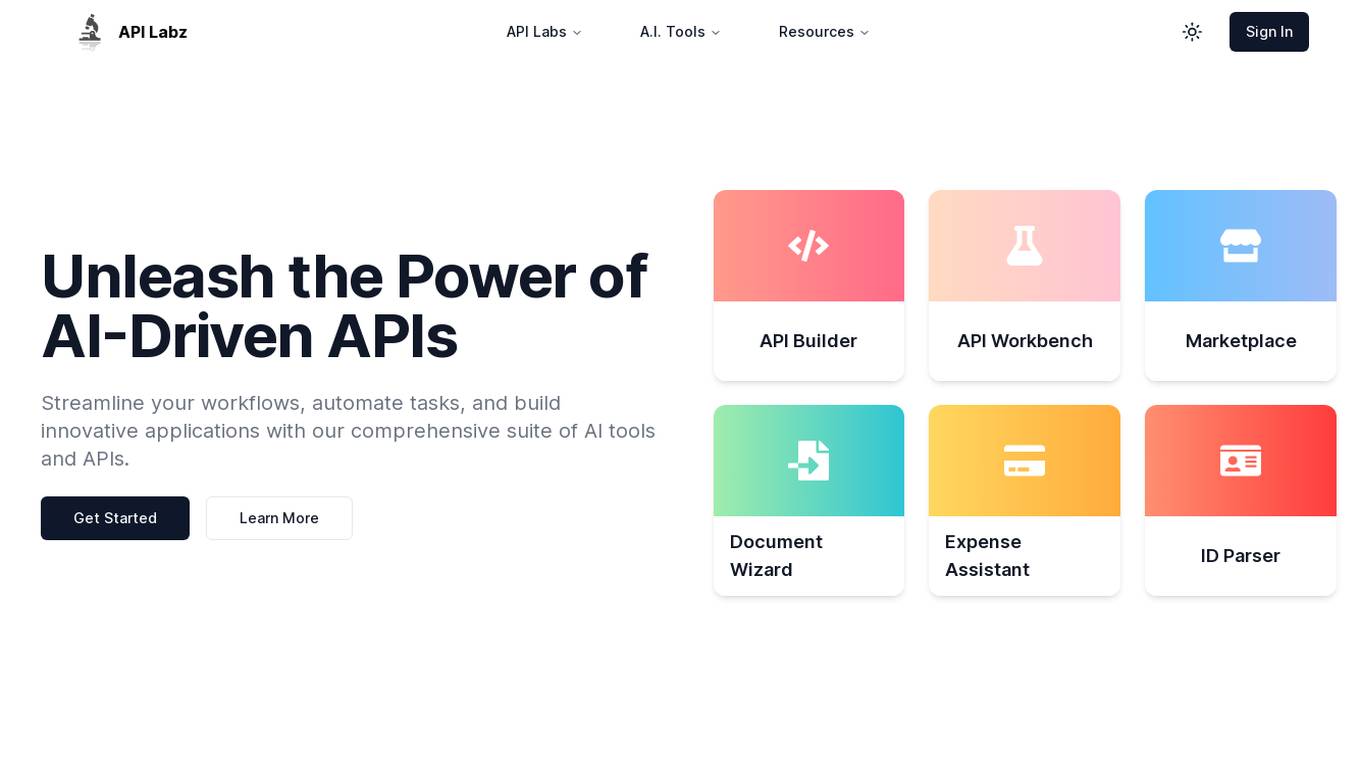
API Labz
API Labz is an AI-powered platform that offers a comprehensive suite of tools and APIs to streamline workflows, automate tasks, and build innovative applications. From custom API building to document processing and financial analysis, API Labz provides intelligent solutions to drive efficiency and enhance business processes. The platform also includes features like AI-powered ID parsing, seamless integrations with third-party applications, and a curated API marketplace for easy access to pre-built APIs.
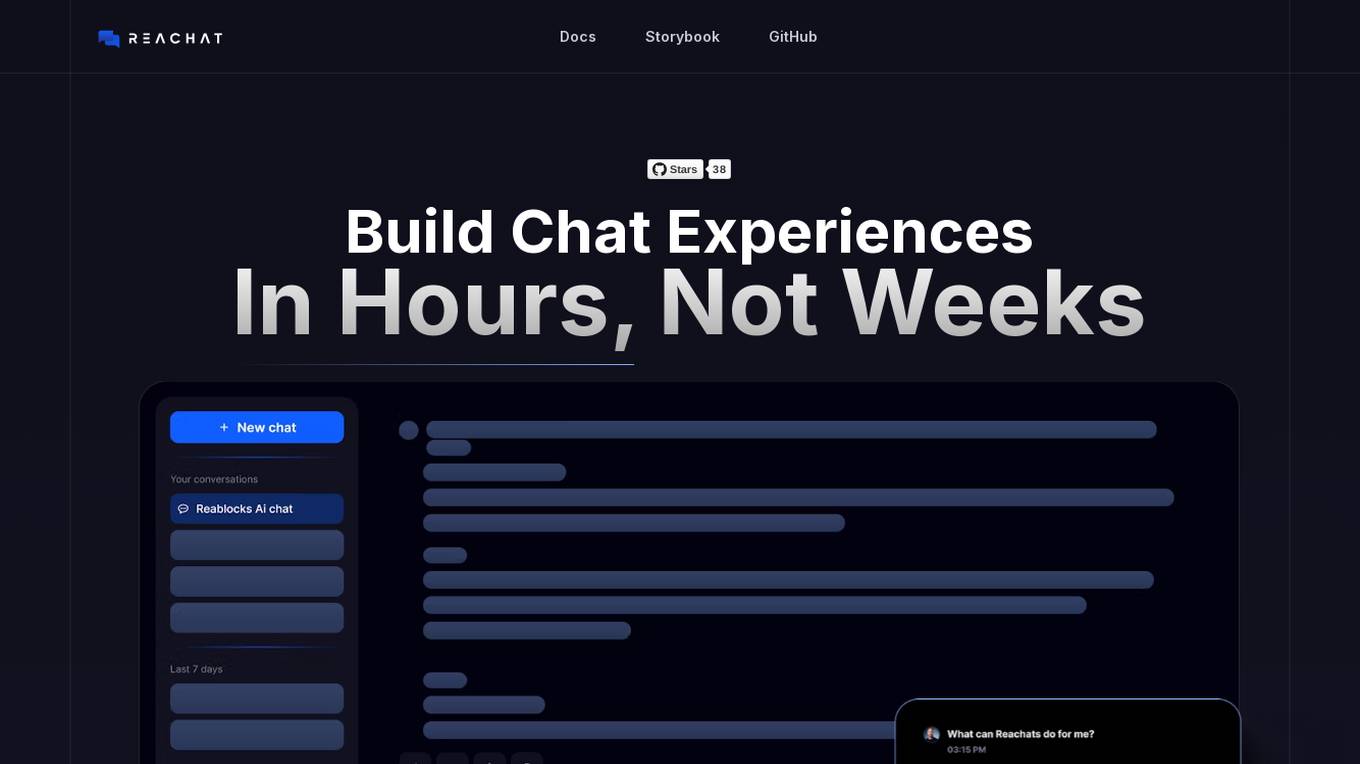
Reachat
Reachat is an open-source UI building library for creating chat interfaces in ReactJS. It offers highly customizable components and theming options, rich media support for file uploads and markdown formatting, an intuitive API for building custom chat experiences, and the ability to seamlessly switch between different AI models. Reachat is battle-tested and used in production across various enterprise products. It is a powerful, flexible, and user-friendly AI chat interface library that allows developers to easily integrate conversational AI capabilities into their applications without the need to spend weeks building custom components. Reachat is not tied to any specific backend or LLM, providing the freedom to use it with any backend or LLM of choice.
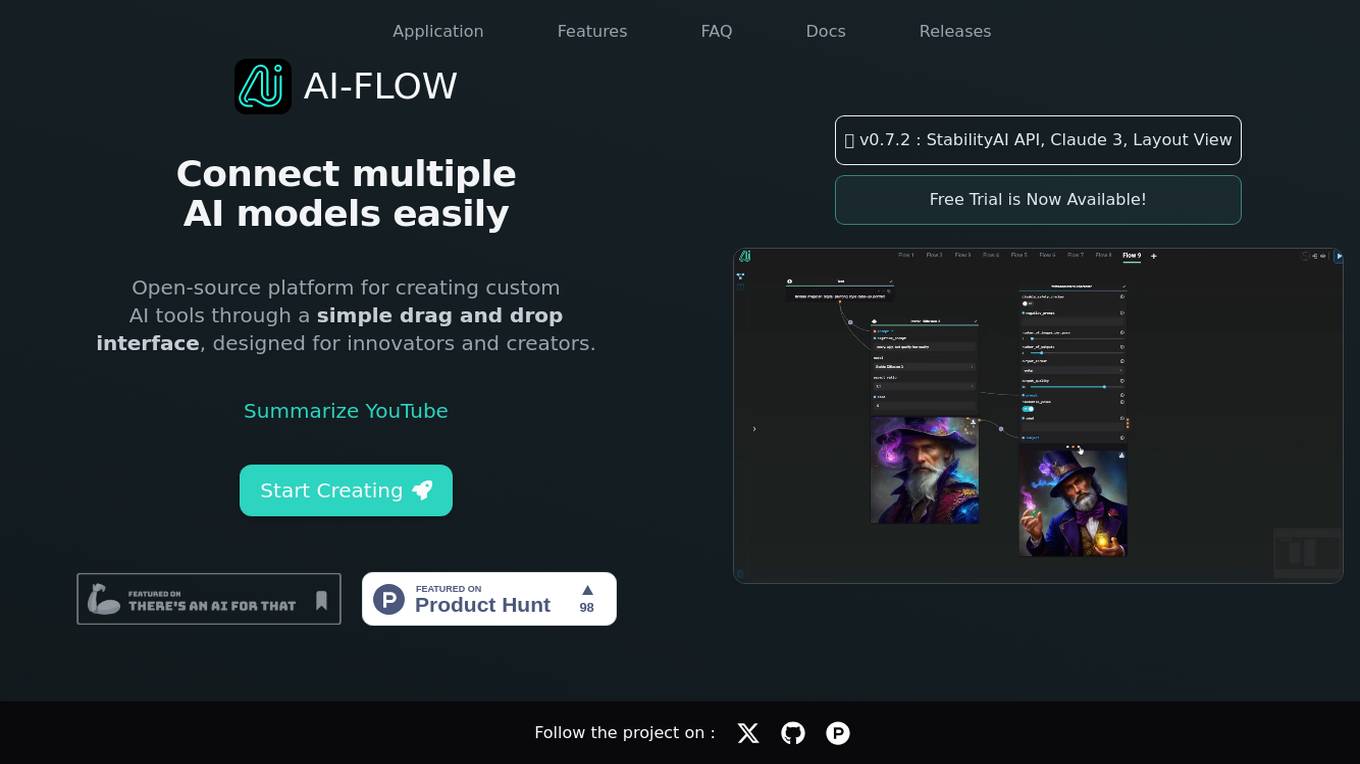
AI-Flow
AI-Flow is an open-source platform designed for innovators and creators to easily connect and integrate multiple AI models. Users can create custom AI tools through a simple drag-and-drop interface, experiment with AI models, and discover tailored AI solutions for their specific needs. The platform offers features like combining AI models seamlessly, building custom AI tools quickly, and automating AI-powered story creation. AI-Flow is suitable for individuals and businesses looking to leverage artificial intelligence for various tasks and projects.
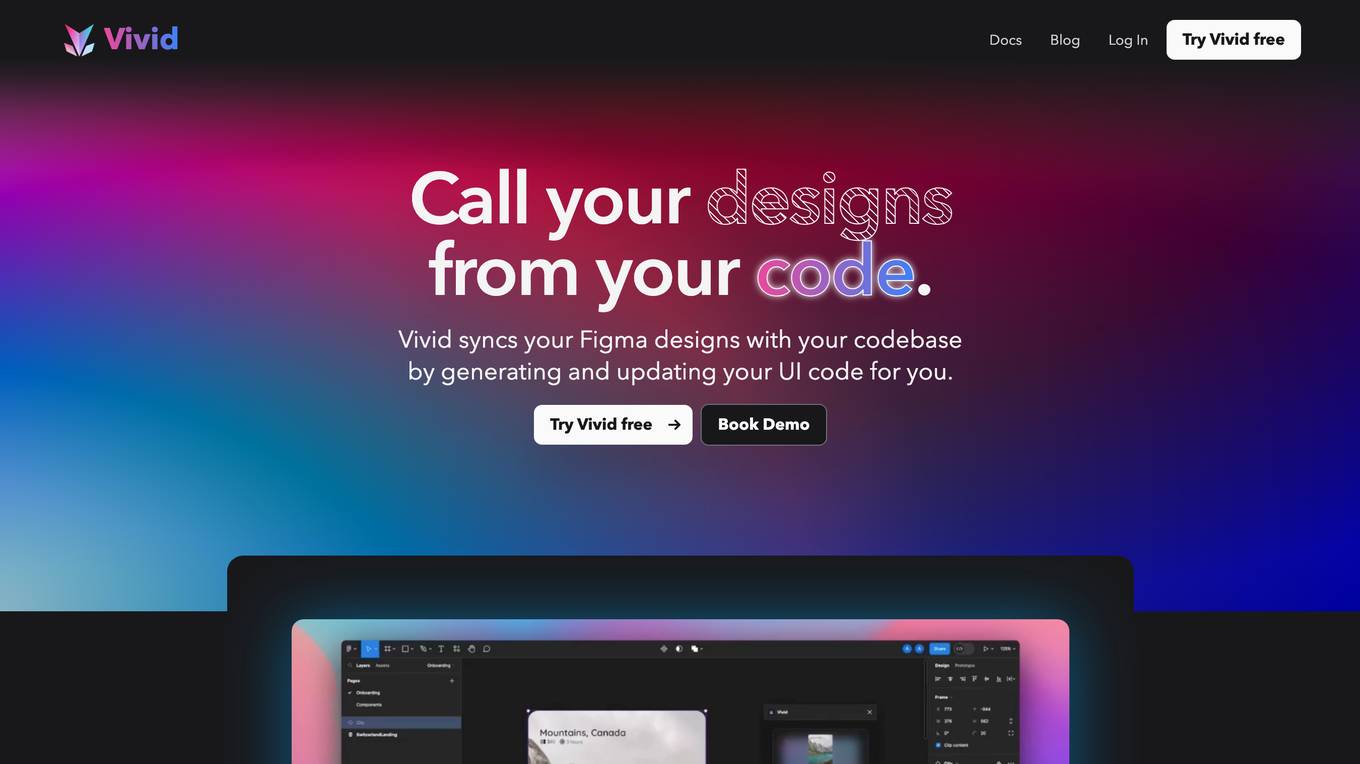
Vivid
Vivid is a tool that syncs Figma designs with your codebase by generating and updating UI code. It allows users to submit designs directly in Figma, make edits to generated divs, and sync changes with design updates. Vivid isolates design styles, making it easier for developers to focus on functionality. The tool minimizes style clutter and provides auto-updating code that tracks changes in Figma.
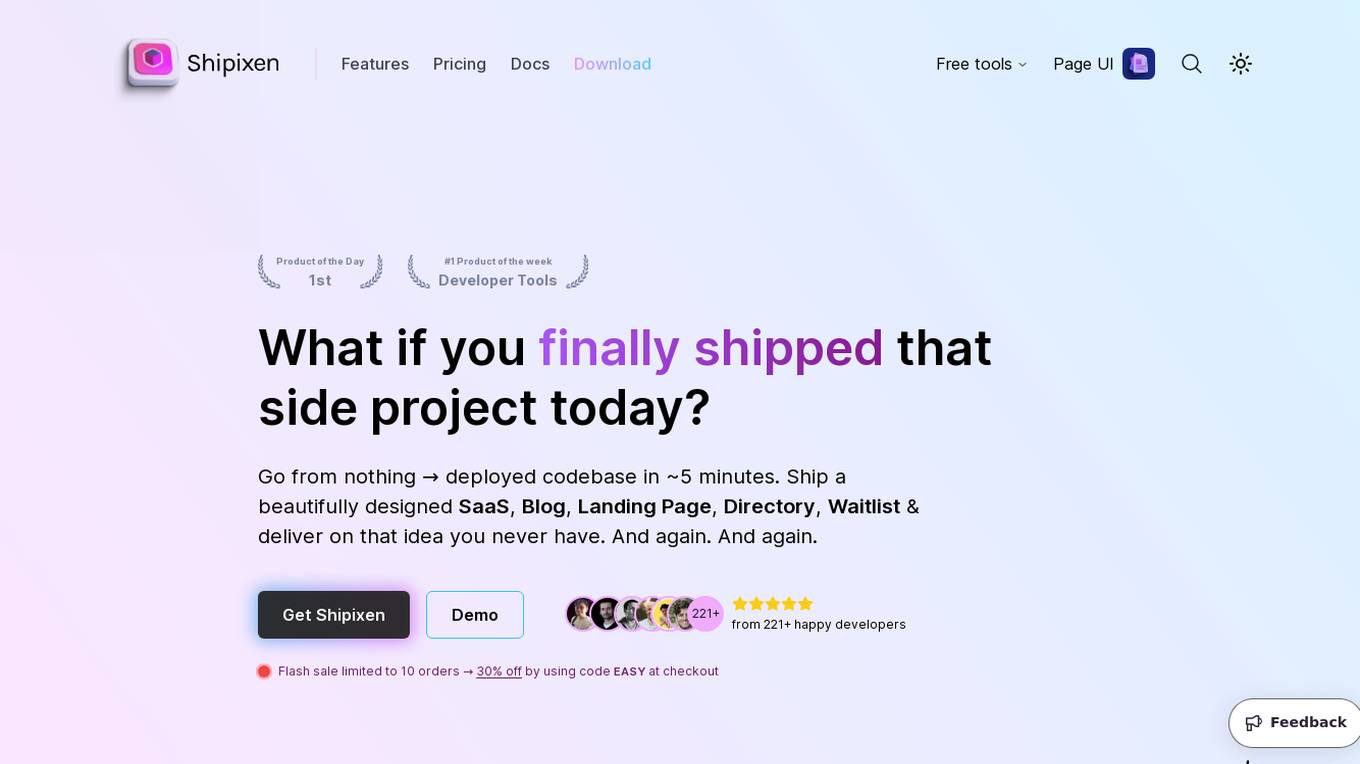
Shipixen
Shipixen is an AI-powered tool that allows users to generate custom Next.js codebases with an MDX blog, TypeScript, and Shadcn UI in minutes. It provides a seamless experience for developers to create beautifully designed SaaS, blogs, landing pages, directories, and more without the hassle of manual setup. Shipixen offers a wide range of features, themes, and components to streamline the web development process and empower users to focus on building rather than configuring. With AI content generation capabilities, customizable branding, and easy deployment options, Shipixen is a valuable tool for both beginners and experienced developers.
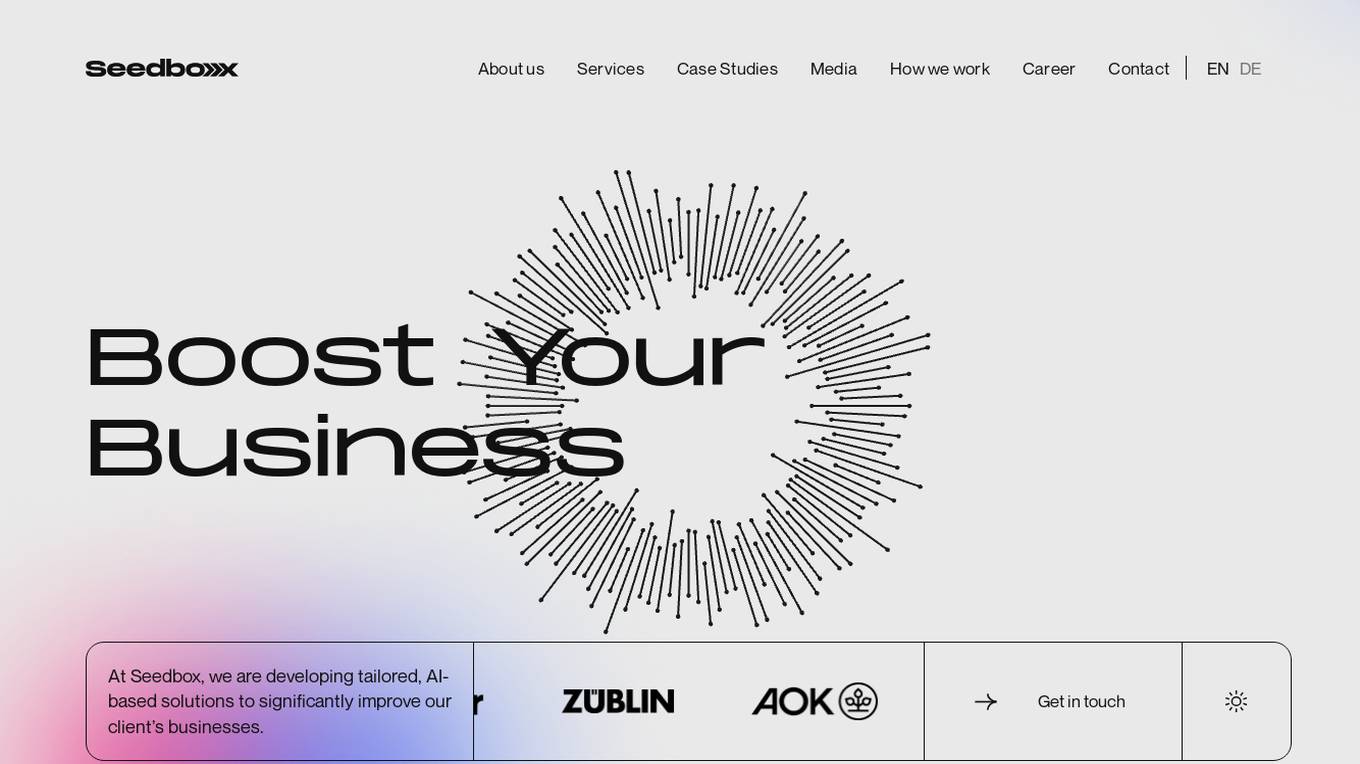
Seedbox
Seedbox is an AI-based solution provider that crafts custom AI solutions to address specific challenges and boost businesses. They offer tailored AI solutions, state-of-the-art corporate innovation methods, high-performance computing infrastructure, secure and cost-efficient AI services, and maintain the highest security standards. Seedbox's expertise covers in-depth AI development, UX/UI design, and full-stack development, aiming to increase efficiency and create sustainable competitive advantages for their clients.
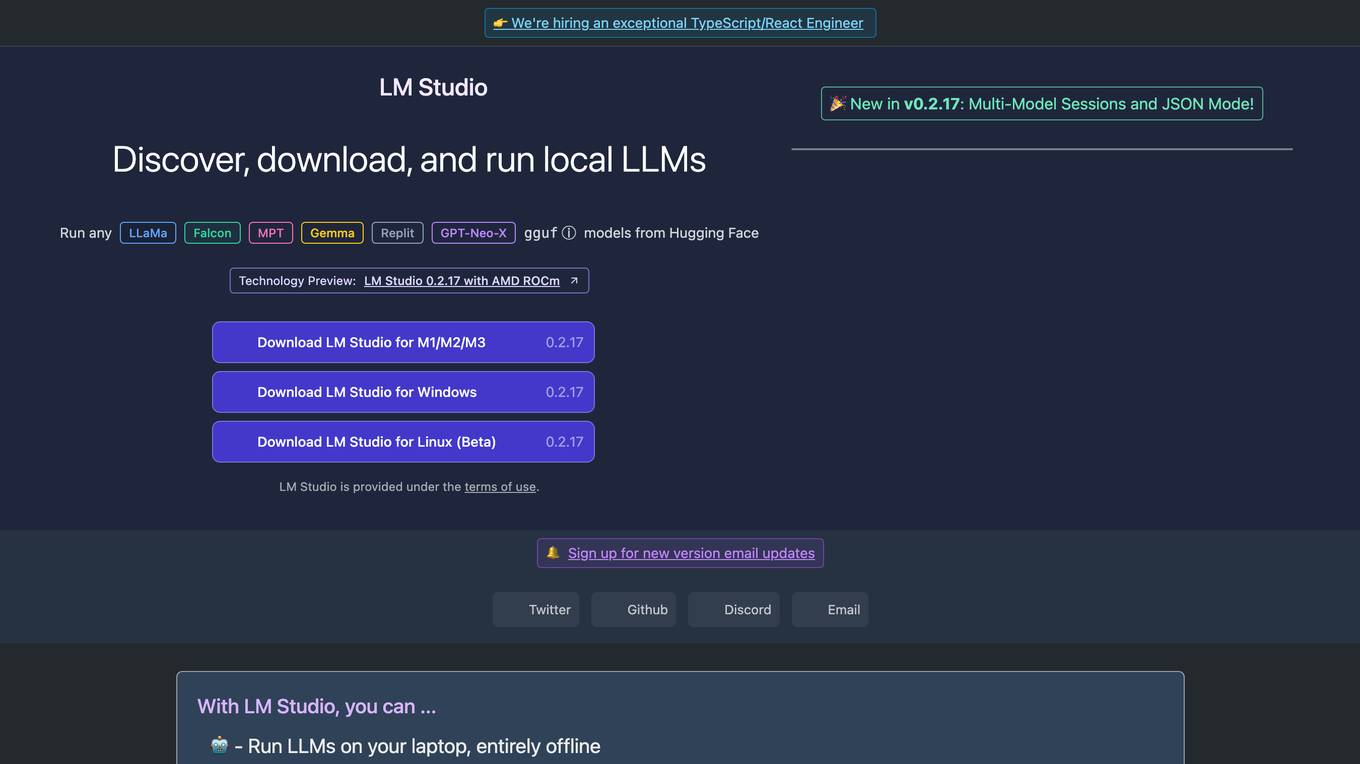
LM Studio
LM Studio is an AI tool designed for discovering, downloading, and running local LLMs (Large Language Models). Users can run LLMs on their laptops offline, use models through an in-app Chat UI or a local server, download compatible model files from HuggingFace repositories, and discover new LLMs. The tool ensures privacy by not collecting data or monitoring user actions, making it suitable for personal and business use. LM Studio supports various models like ggml Llama, MPT, and StarCoder on Hugging Face, with minimum hardware/software requirements specified for different platforms.
0 - Open Source Tools
20 - OpenAI Gpts
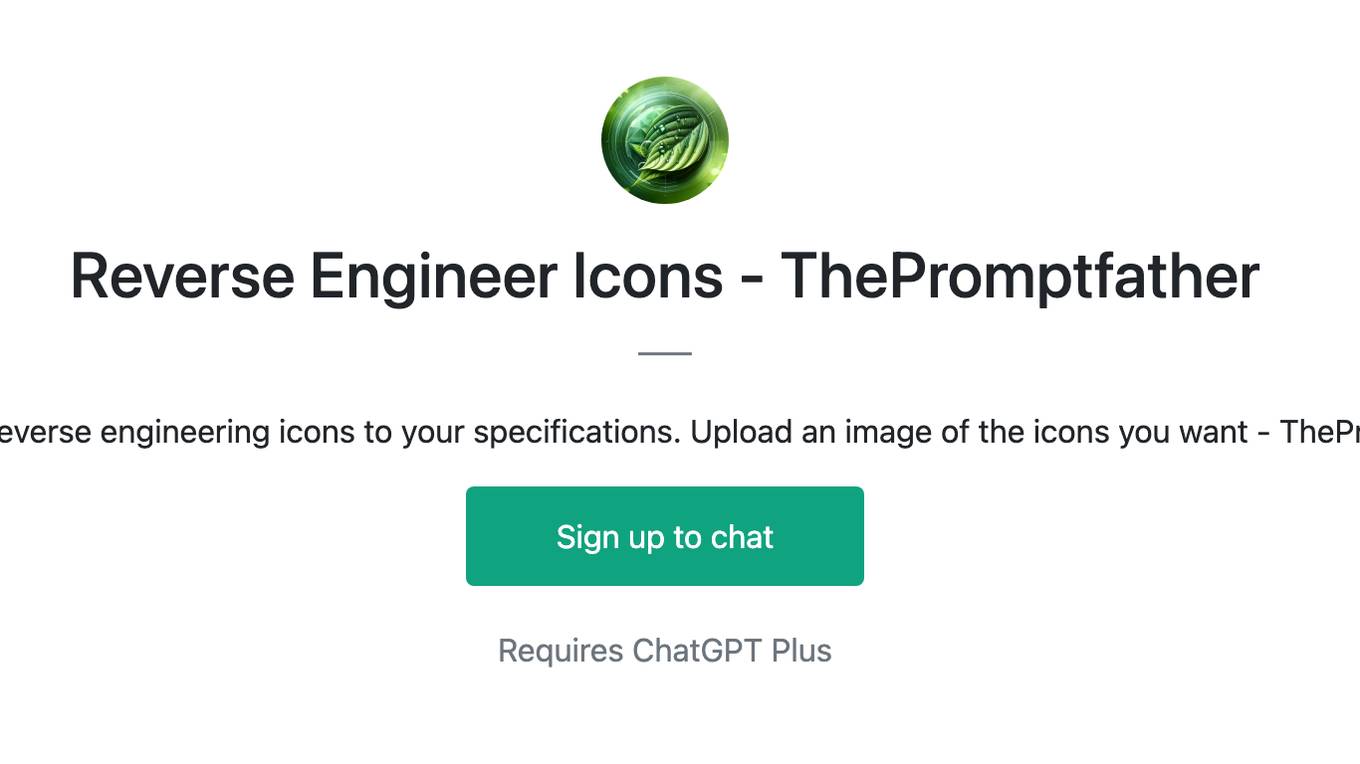
Reverse Engineer Icons - ThePromptfather
Specialist in reverse engineering icons to your specifications. Upload an image of the icons you want - ThePromptfather
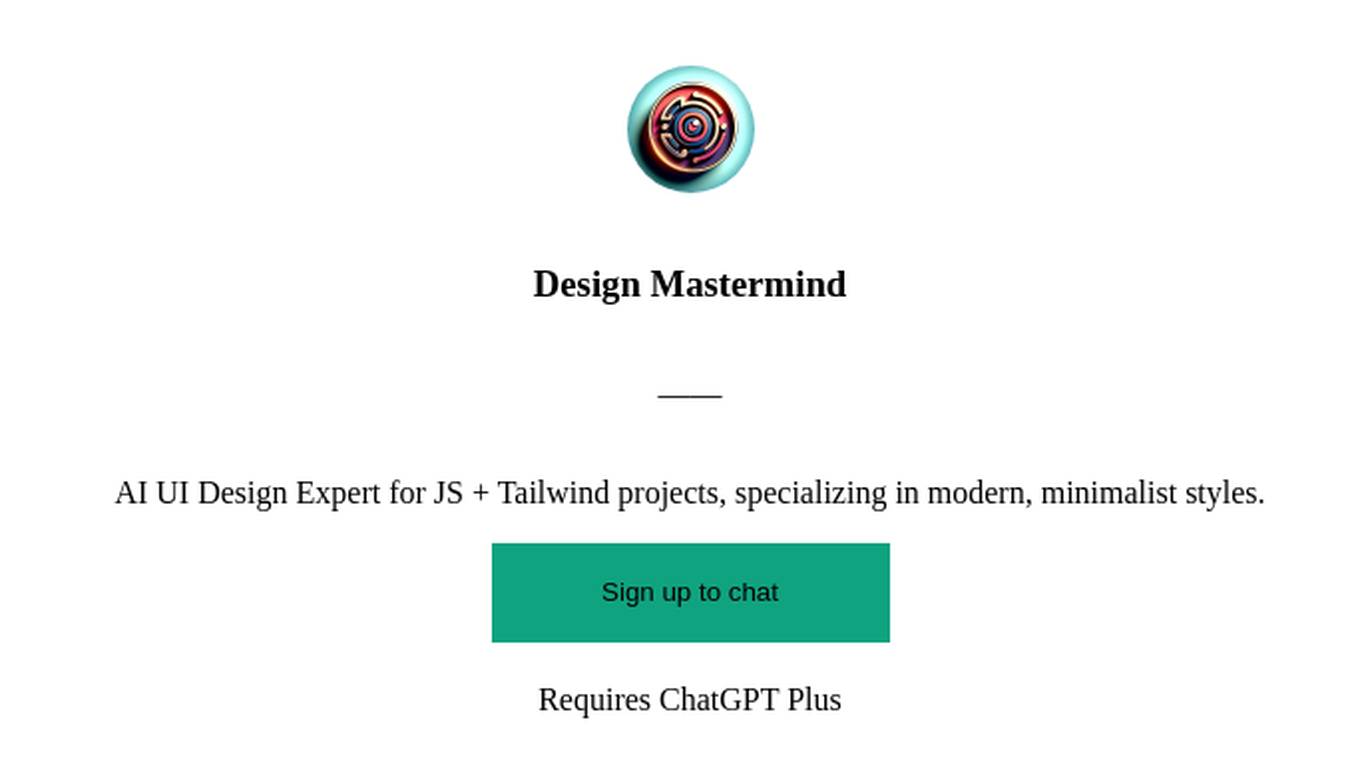
Design Mastermind
AI UI Design Expert for JS + Tailwind projects, specializing in modern, minimalist styles.
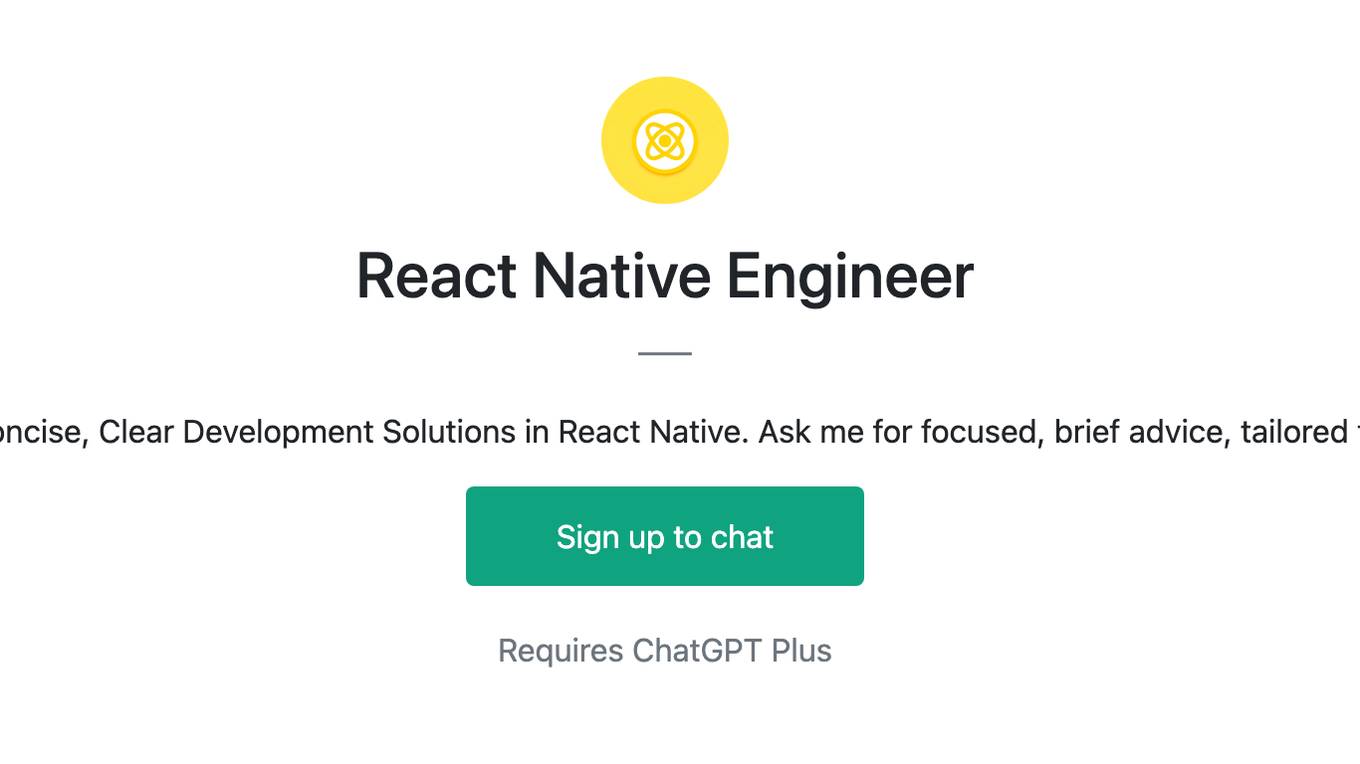
React Native Engineer
Top React Native Engineer - Concise, Clear Development Solutions in React Native. Ask me for focused, brief advice, tailored to your project and skill level.
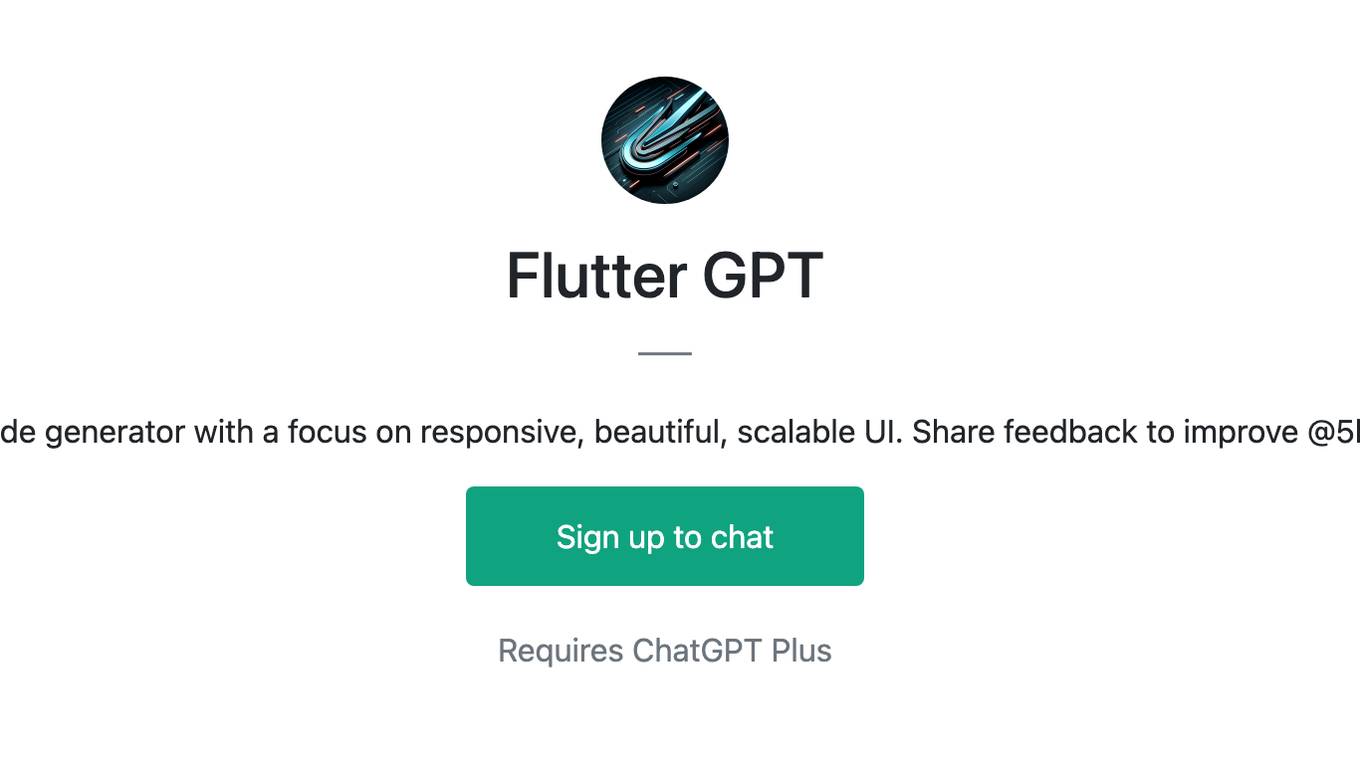
Flutter GPT
Flutter UI code generator with a focus on responsive, beautiful, scalable UI. Share feedback to improve @5hirish on X
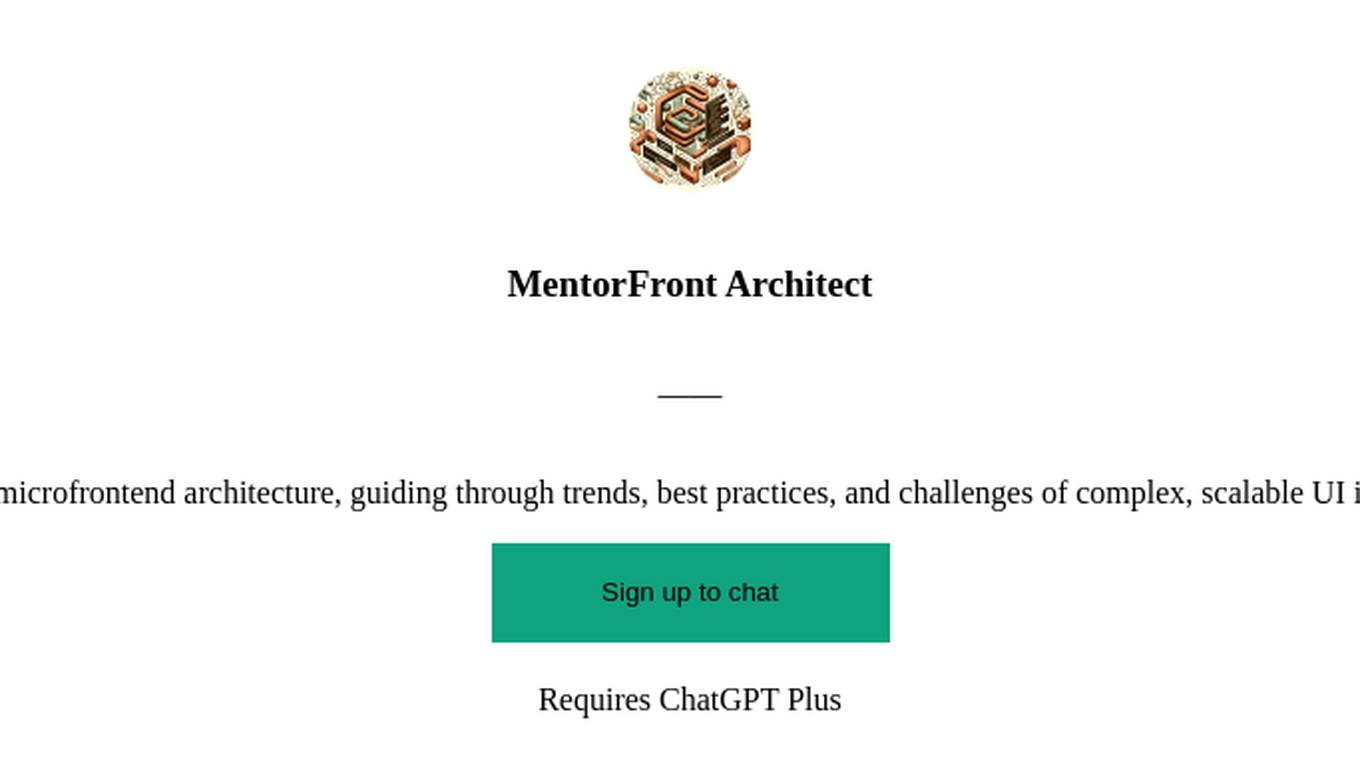
MentorFront Architect
Expert in microfrontend architecture, guiding through trends, best practices, and challenges of complex, scalable UI integrations.
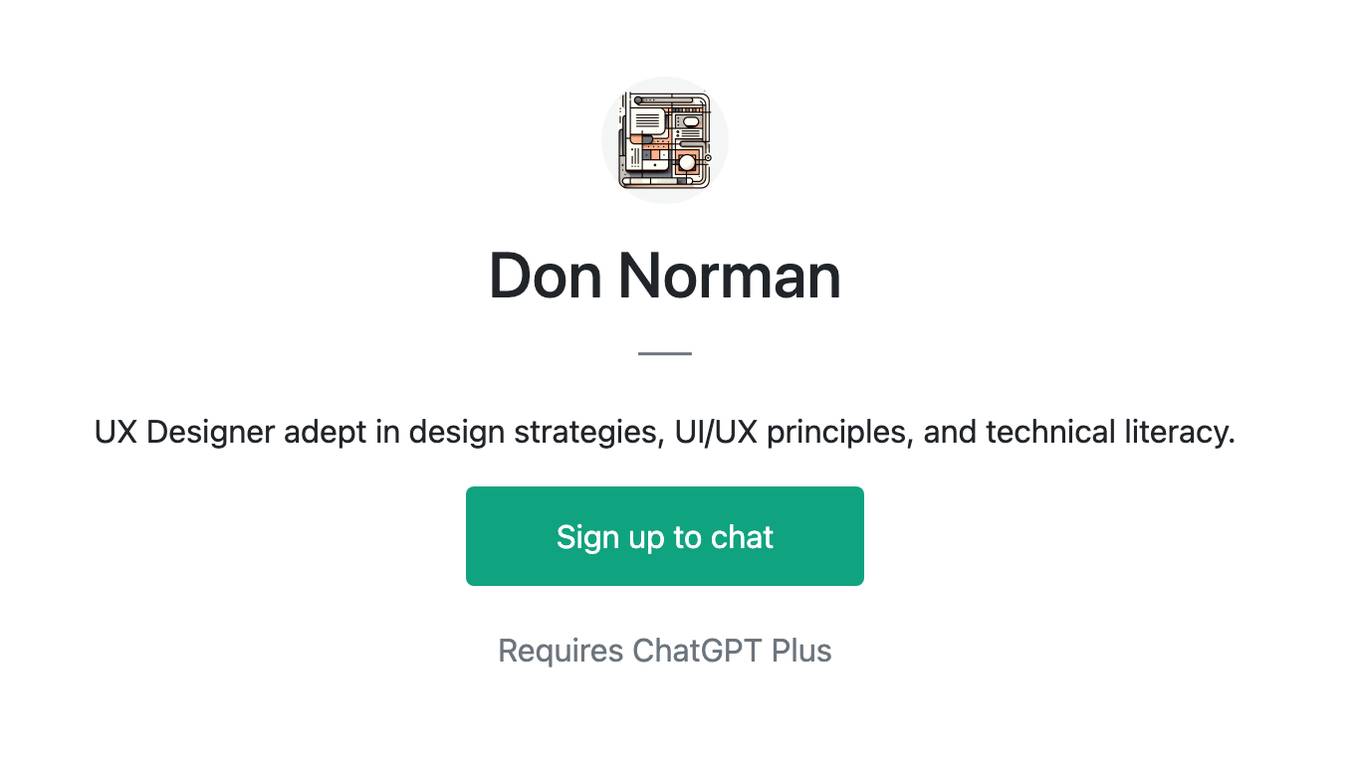
Don Norman
UX Designer adept in design strategies, UI/UX principles, and technical literacy.
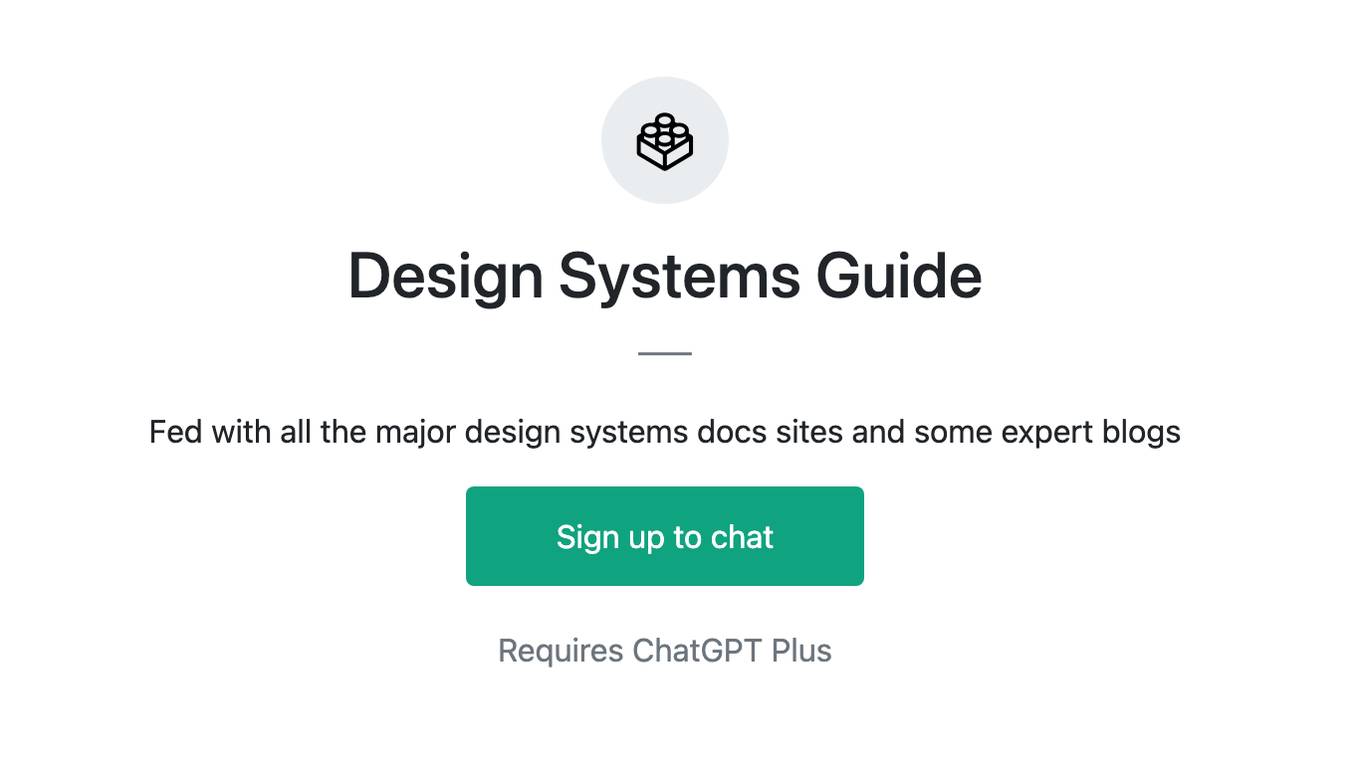
Design Systems Guide
Fed with all the major design systems docs sites and some expert blogs
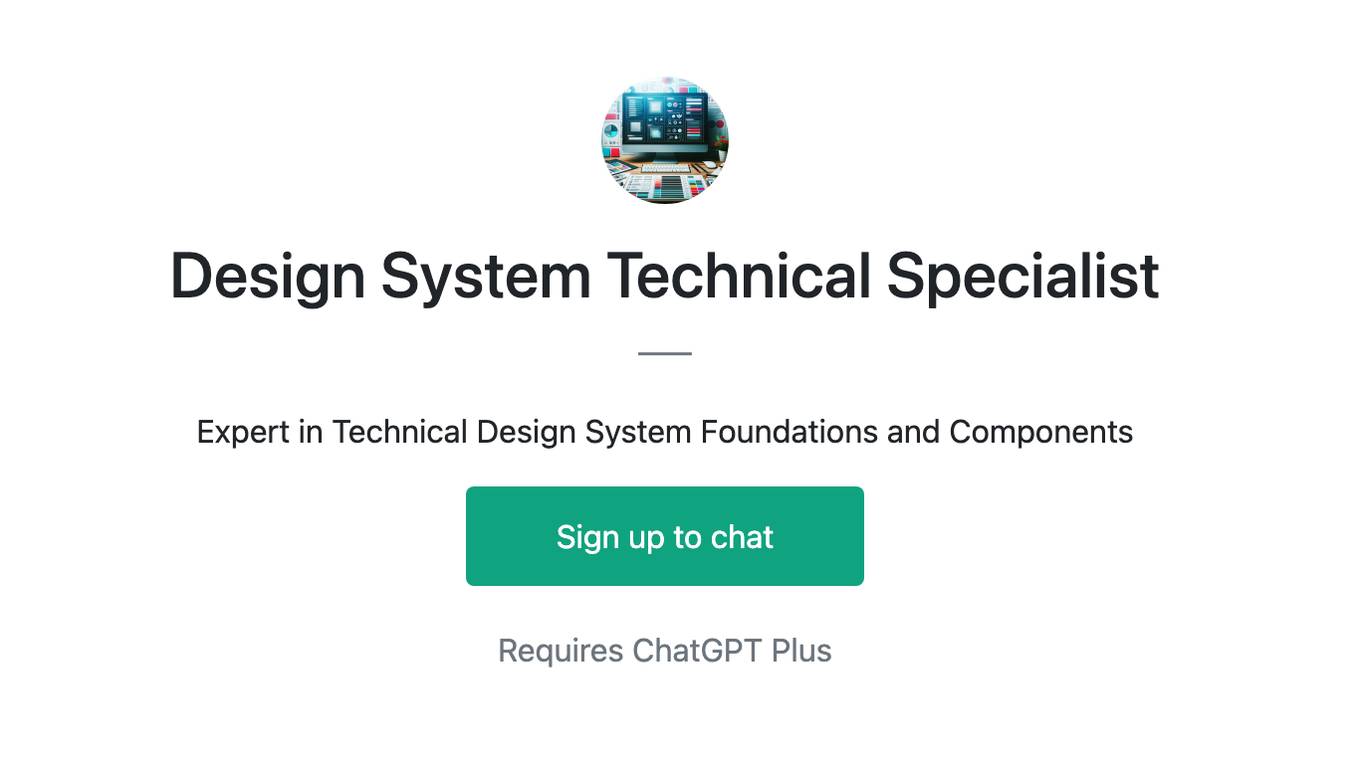
Design System Technical Specialist
Expert in Technical Design System Foundations and Components
